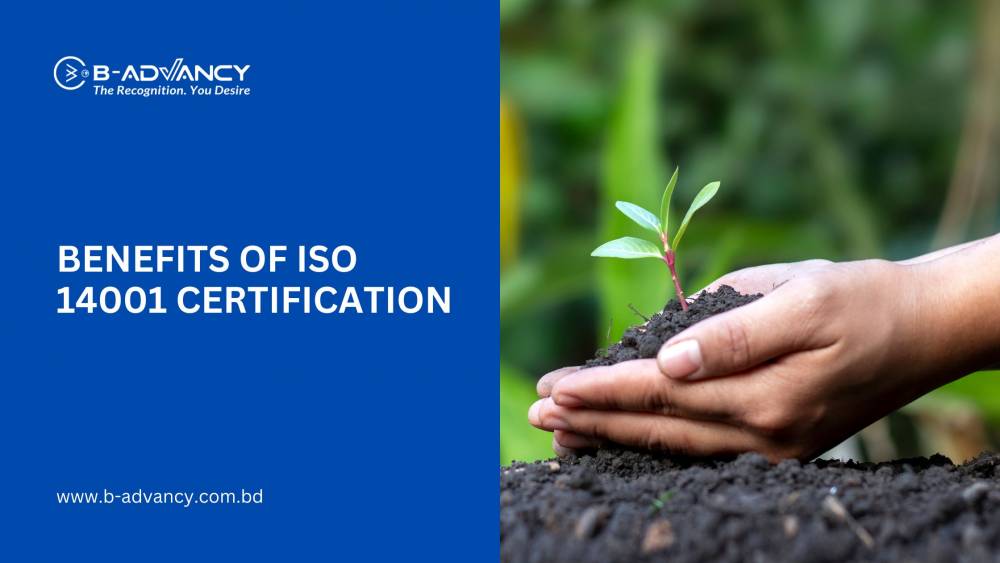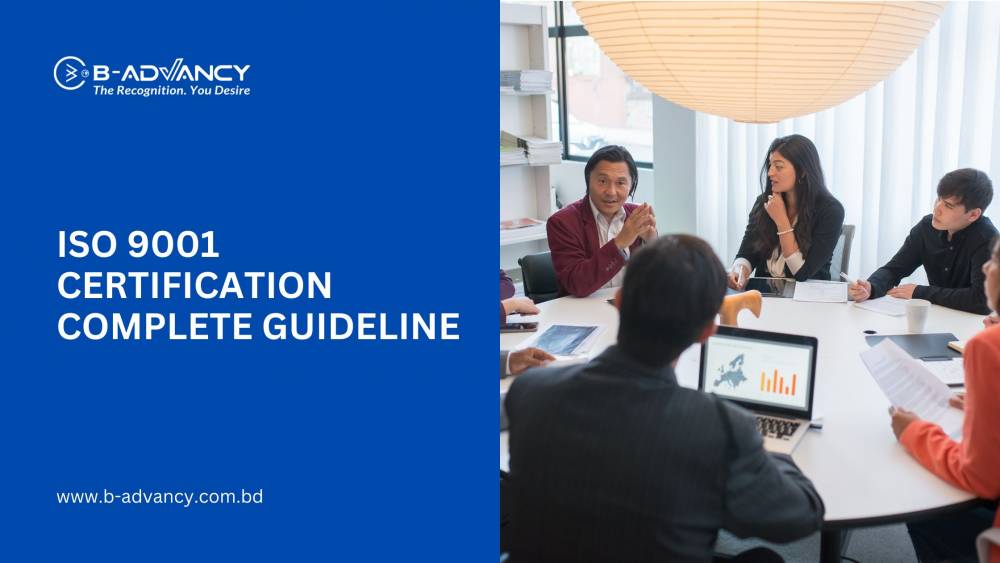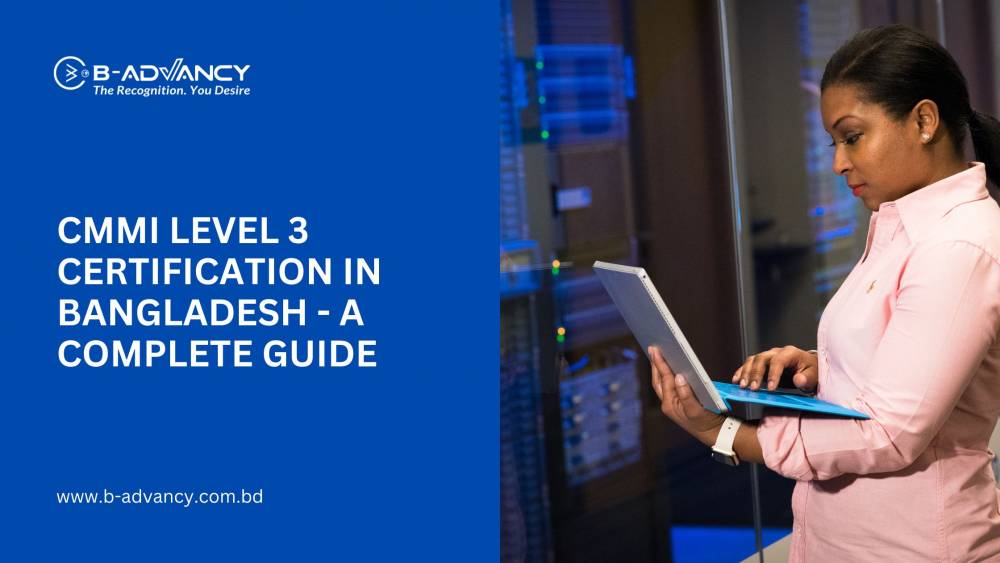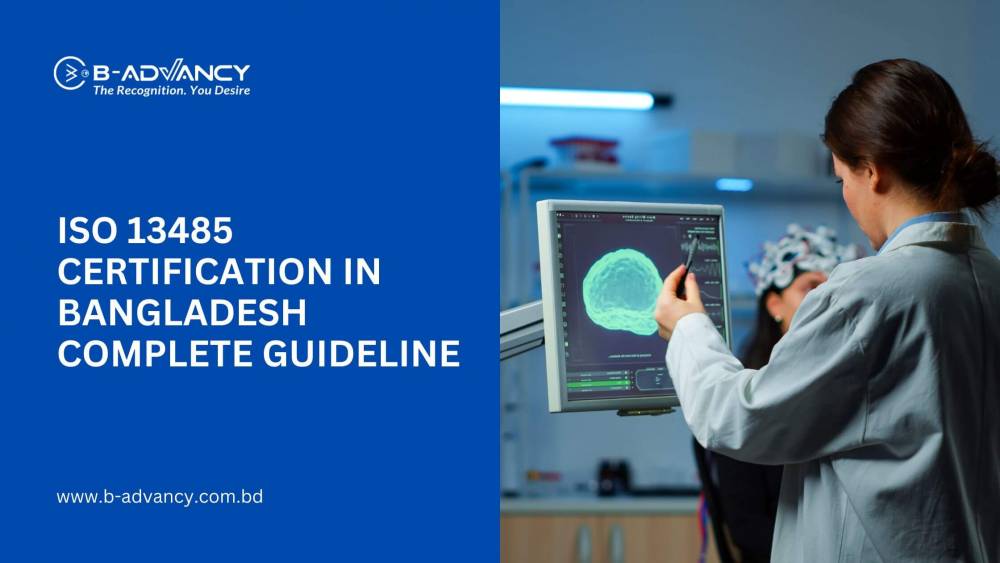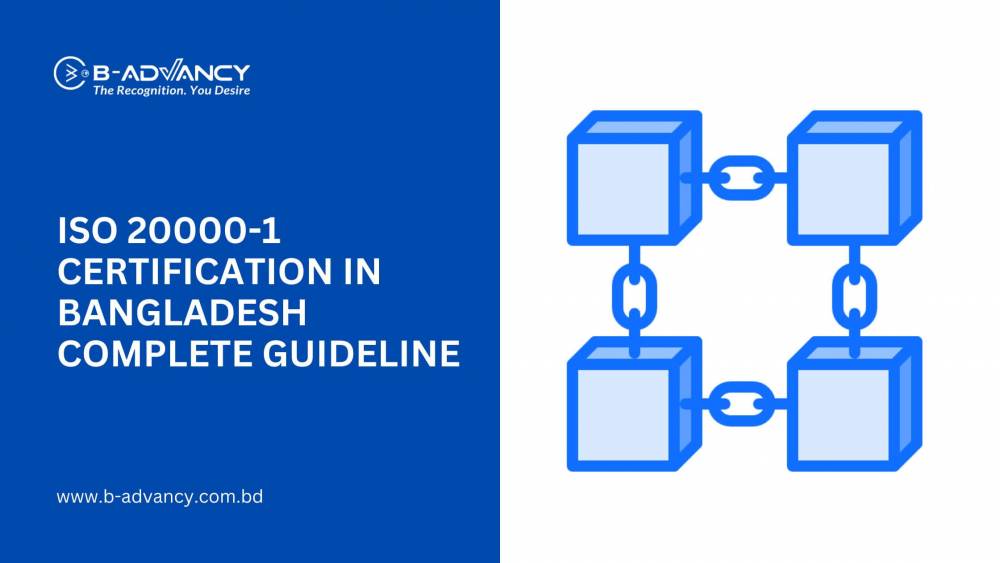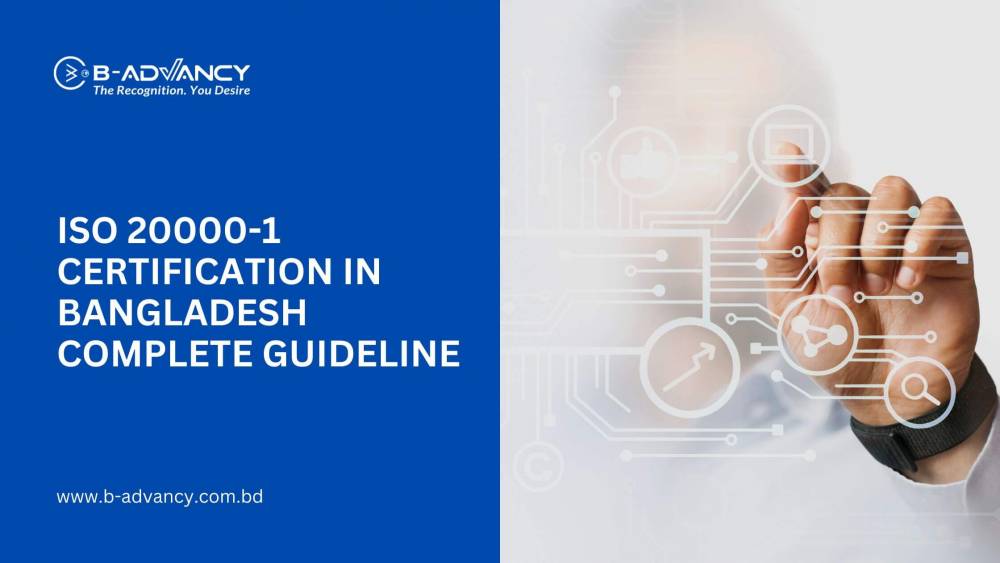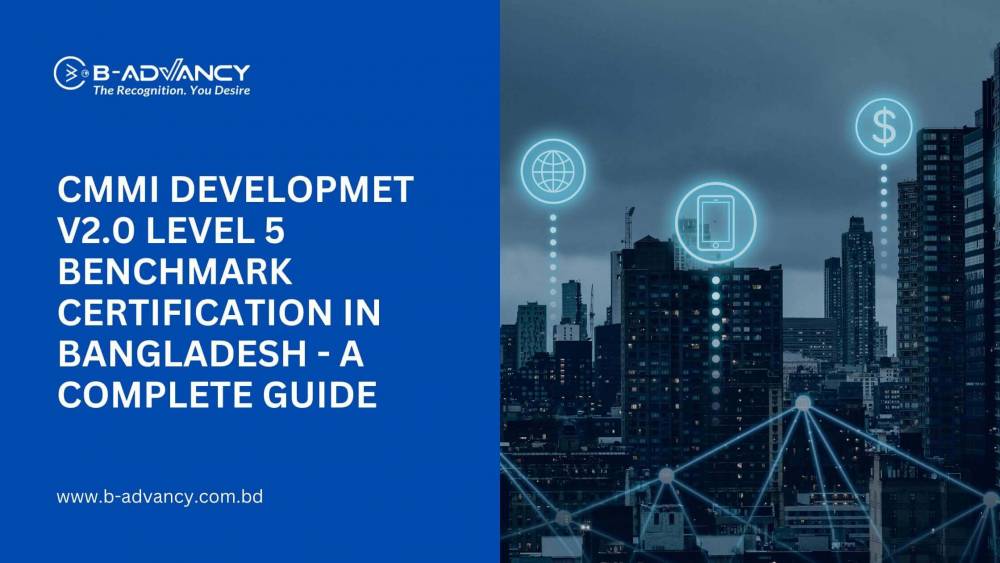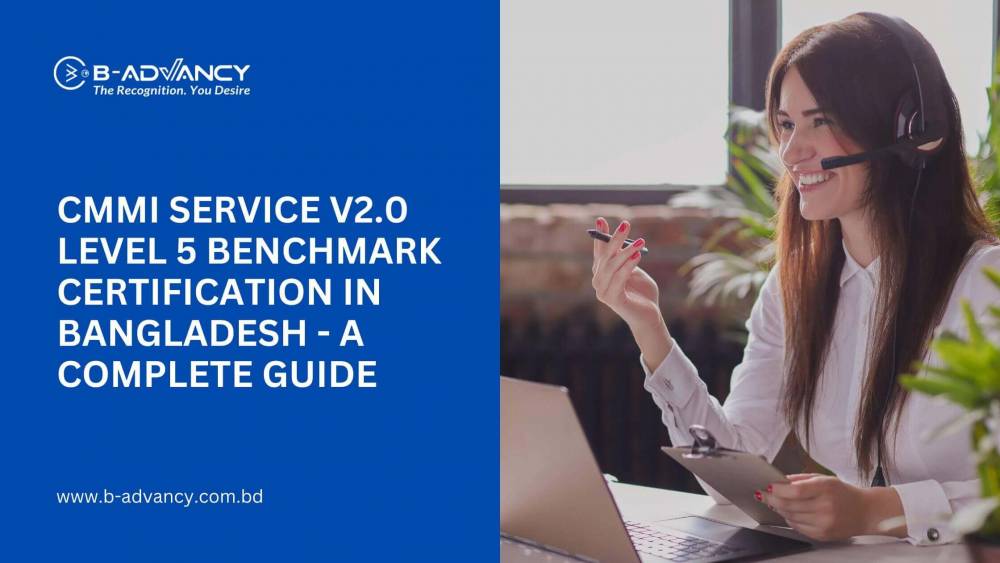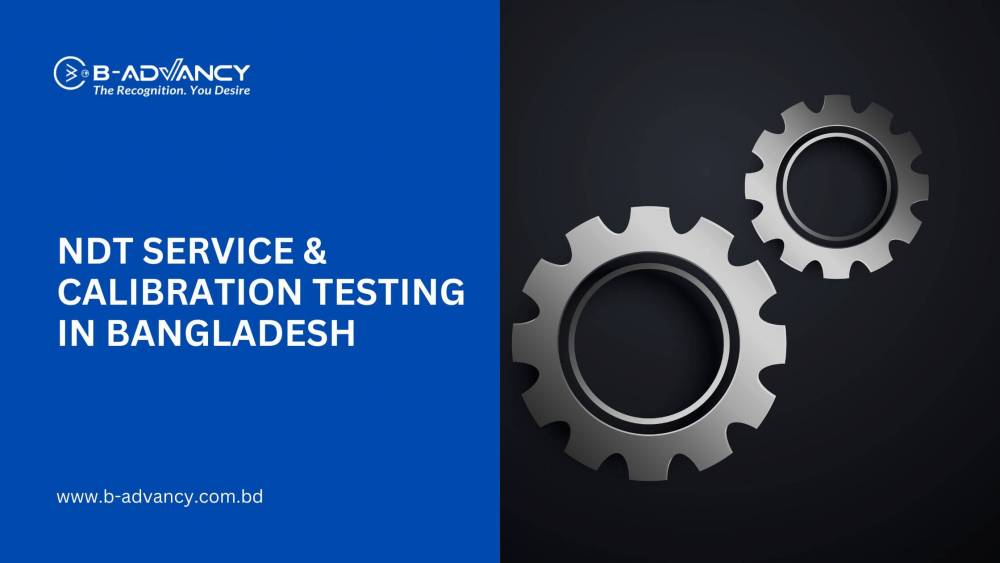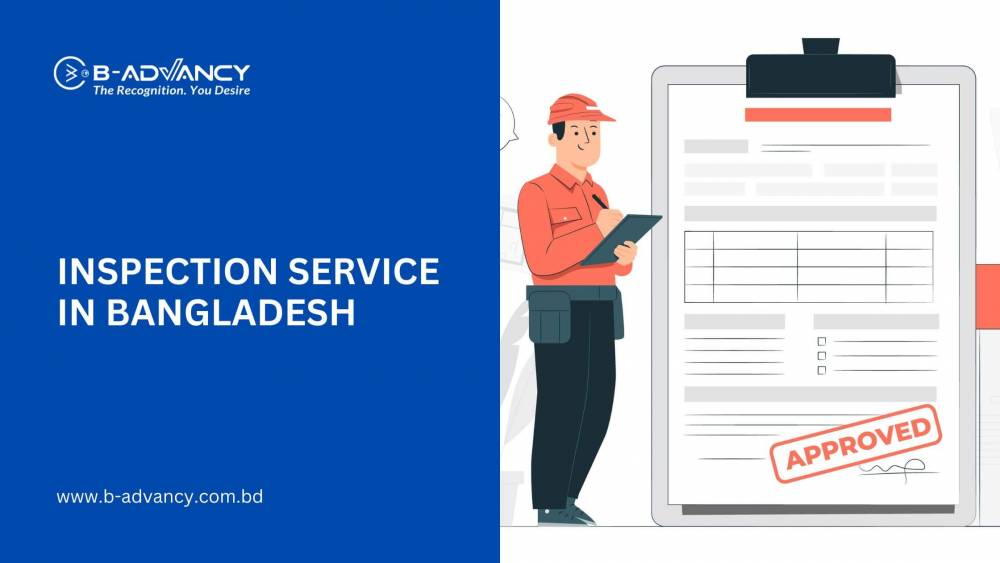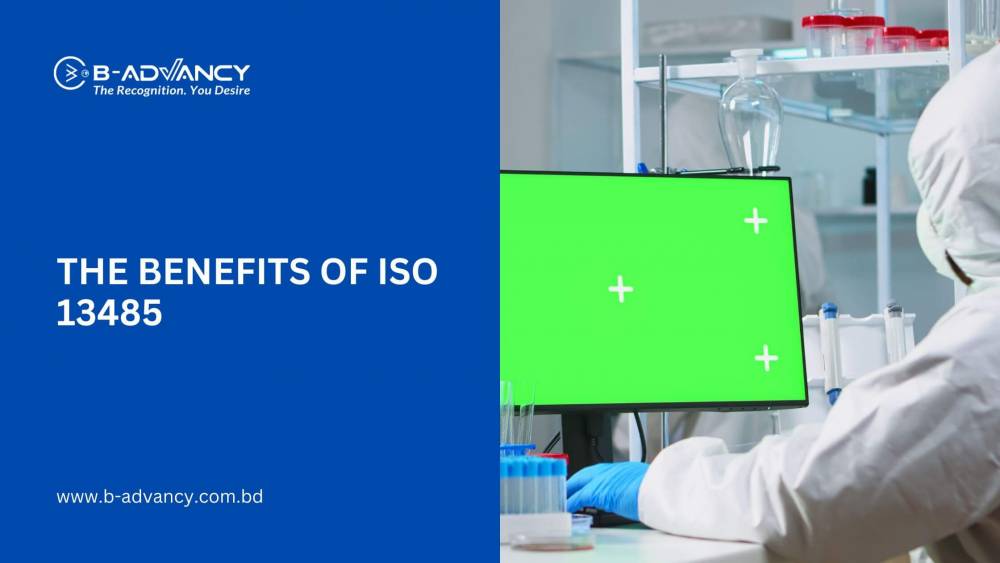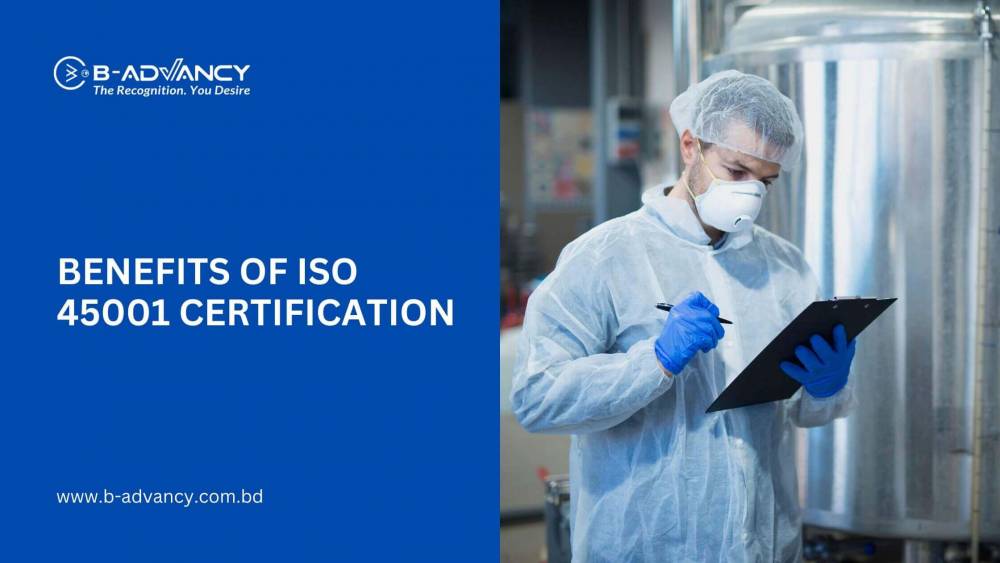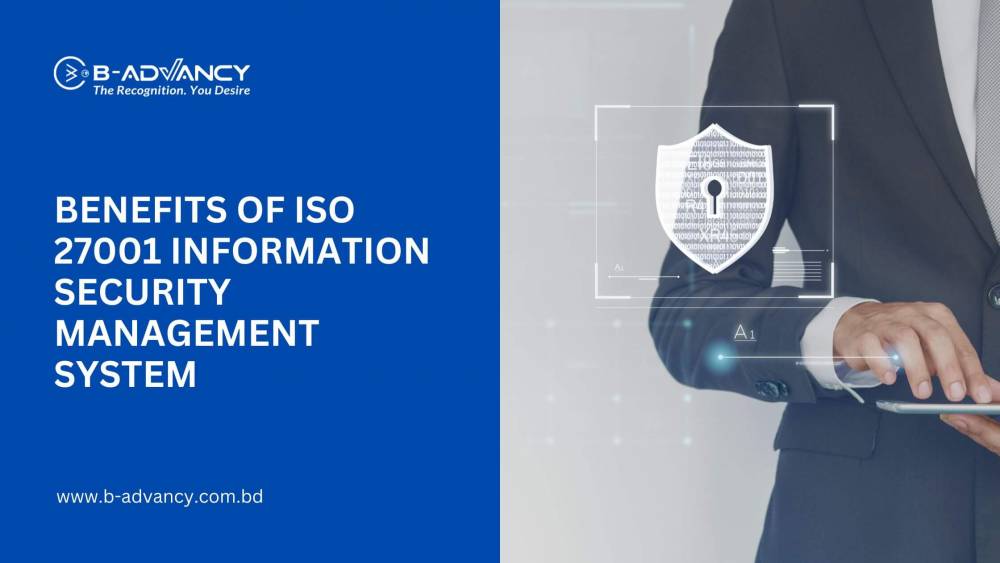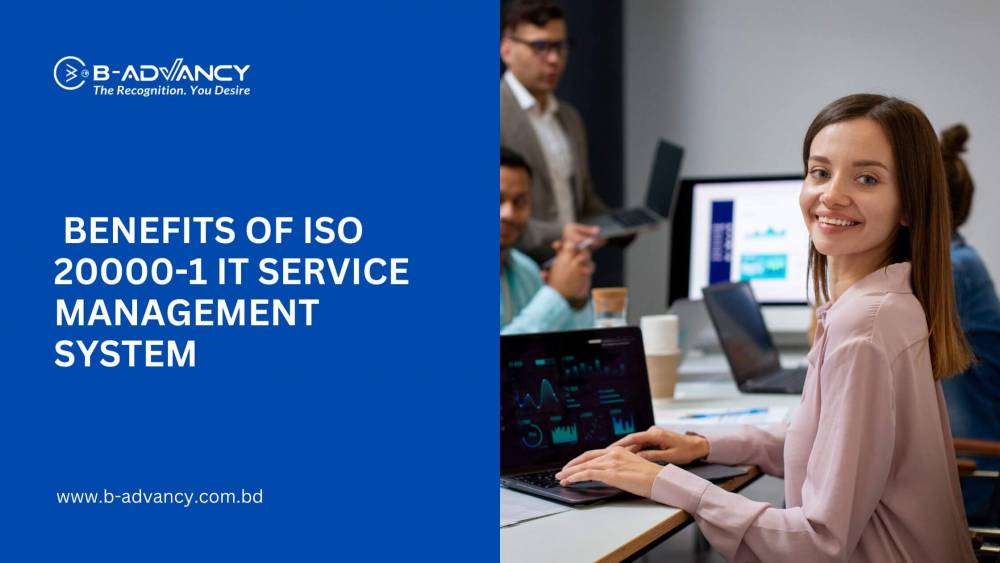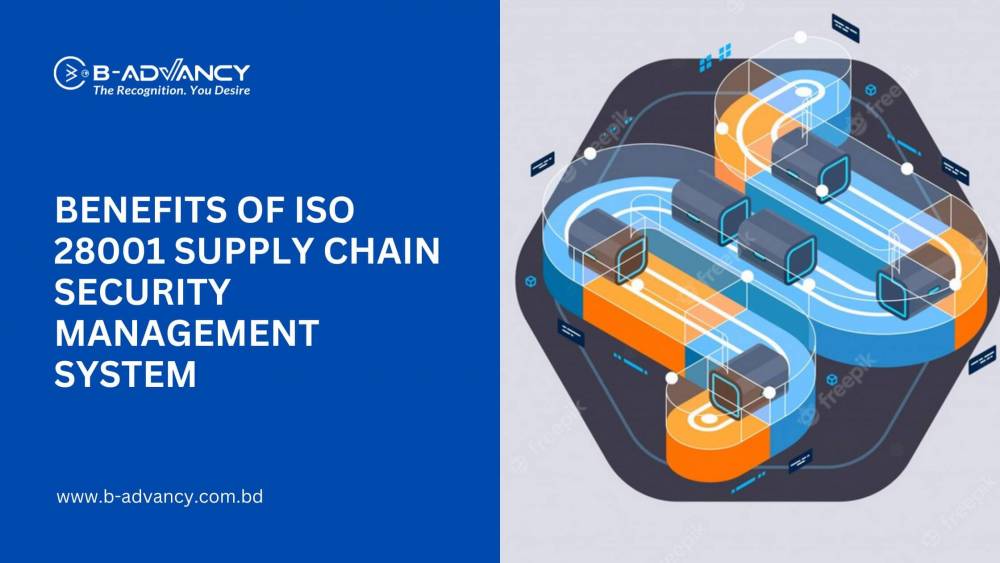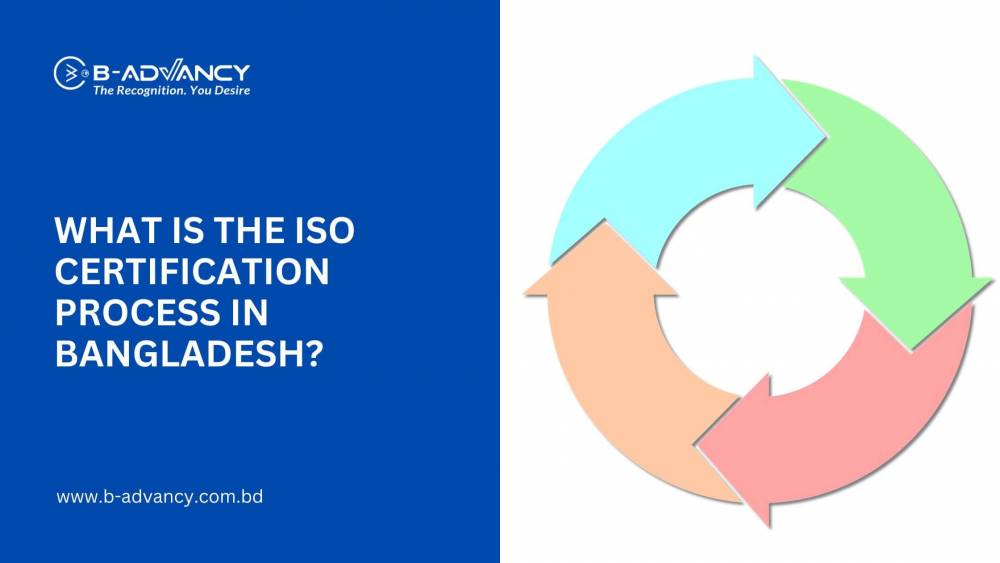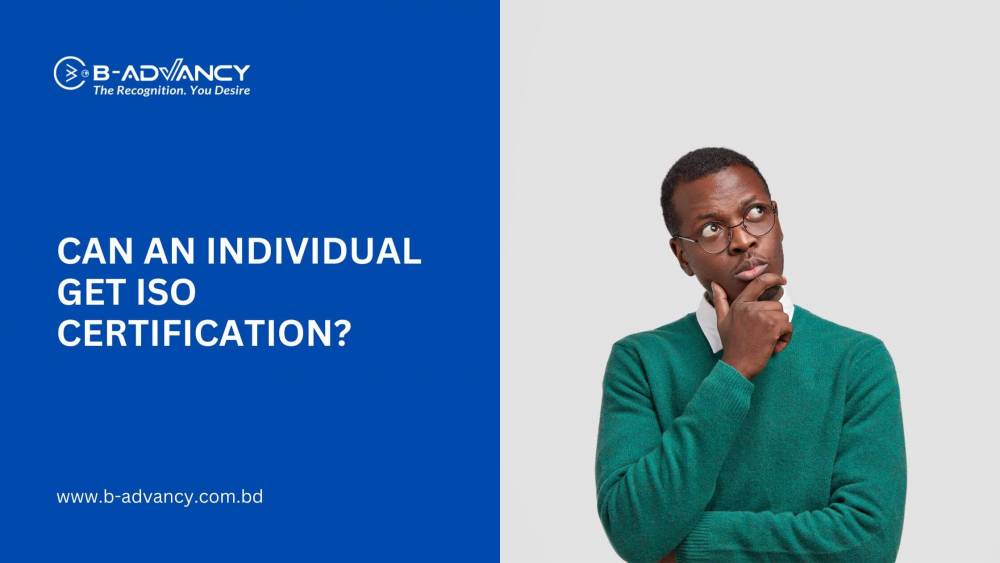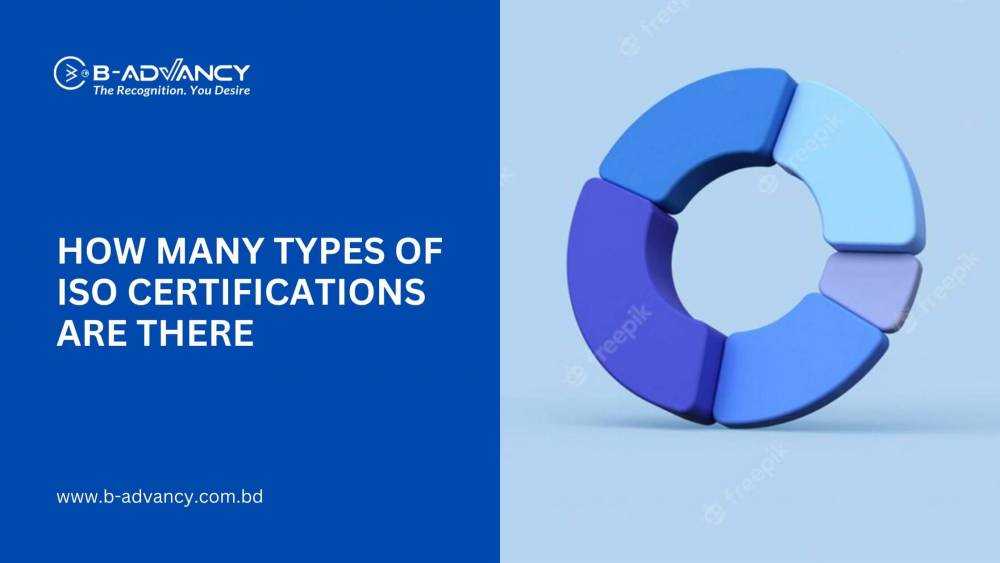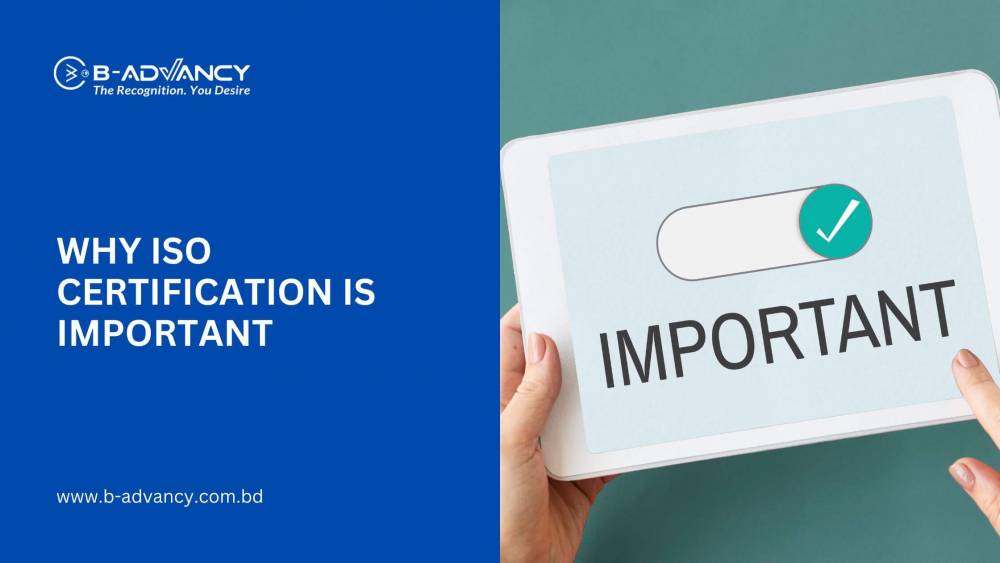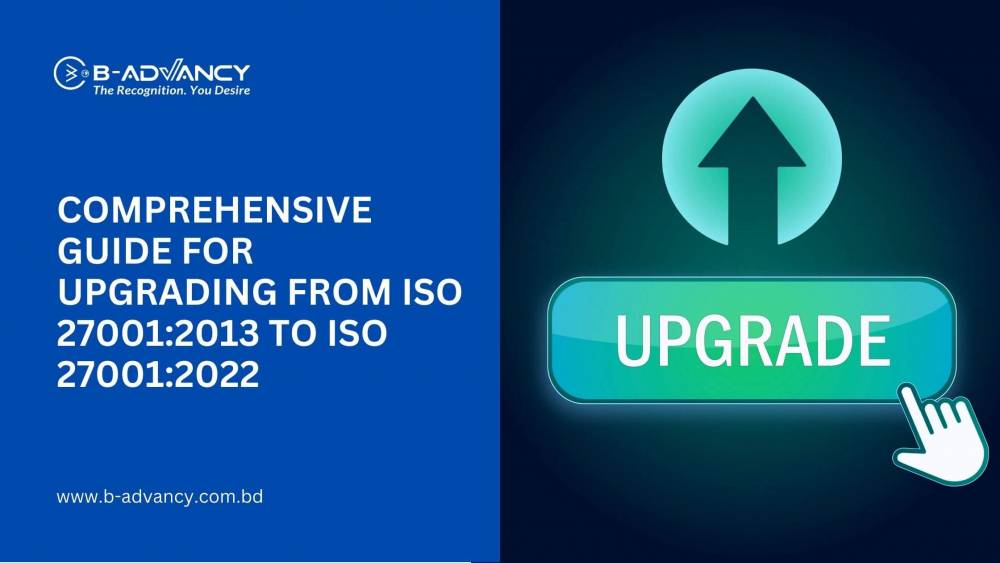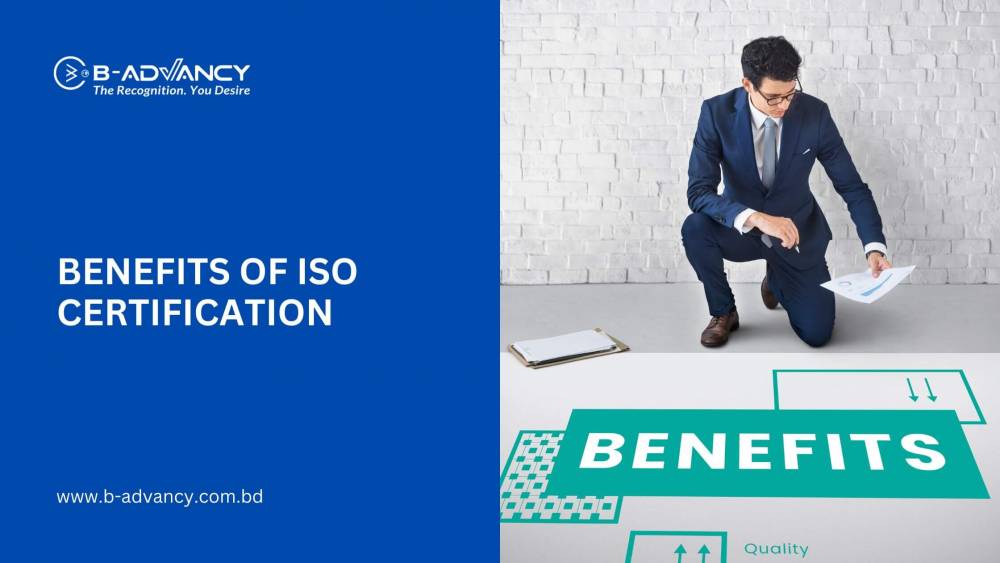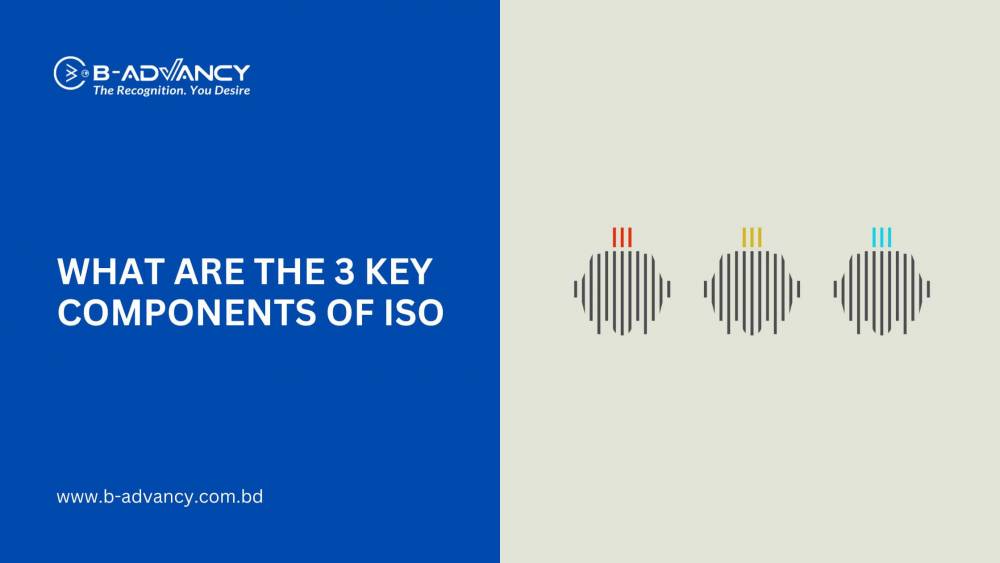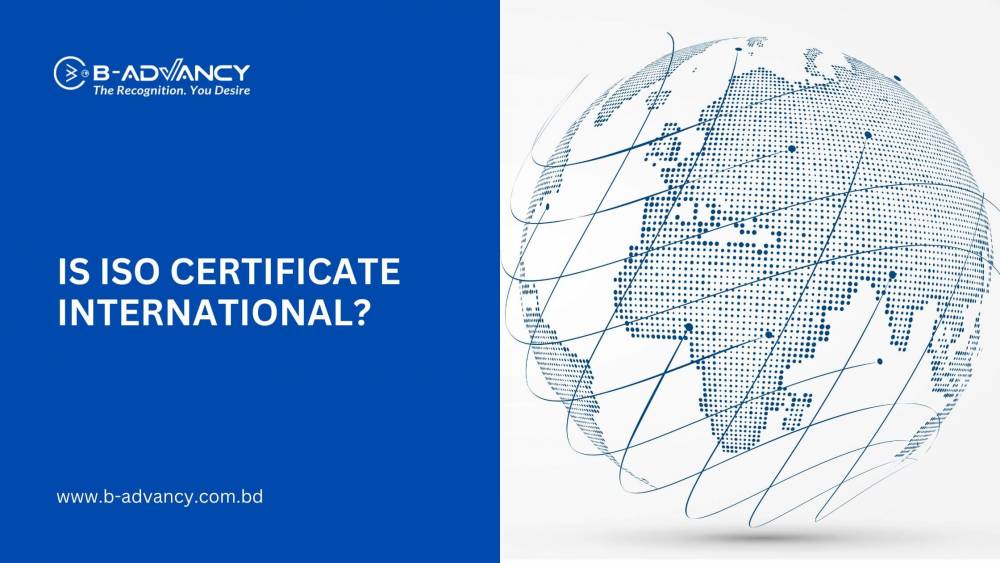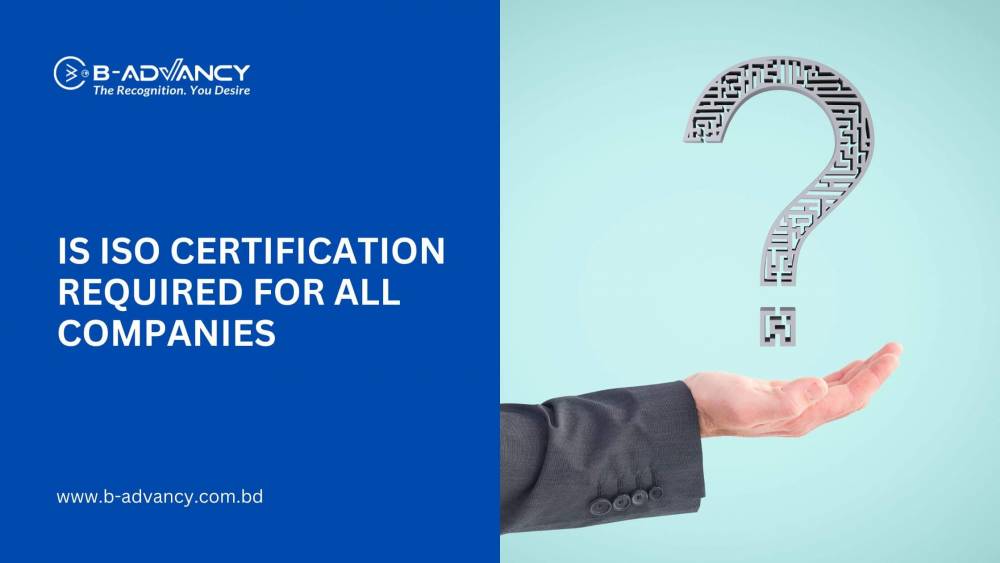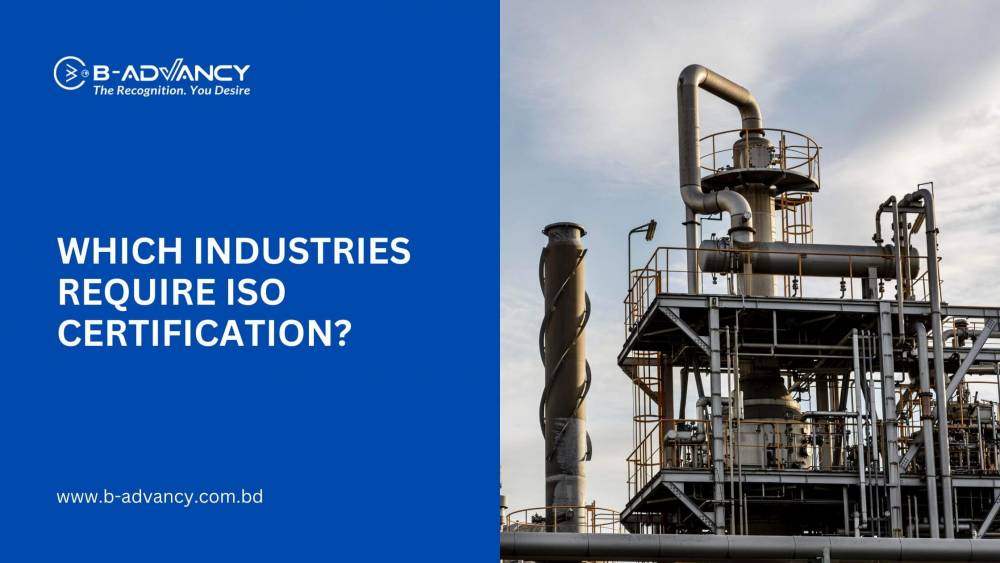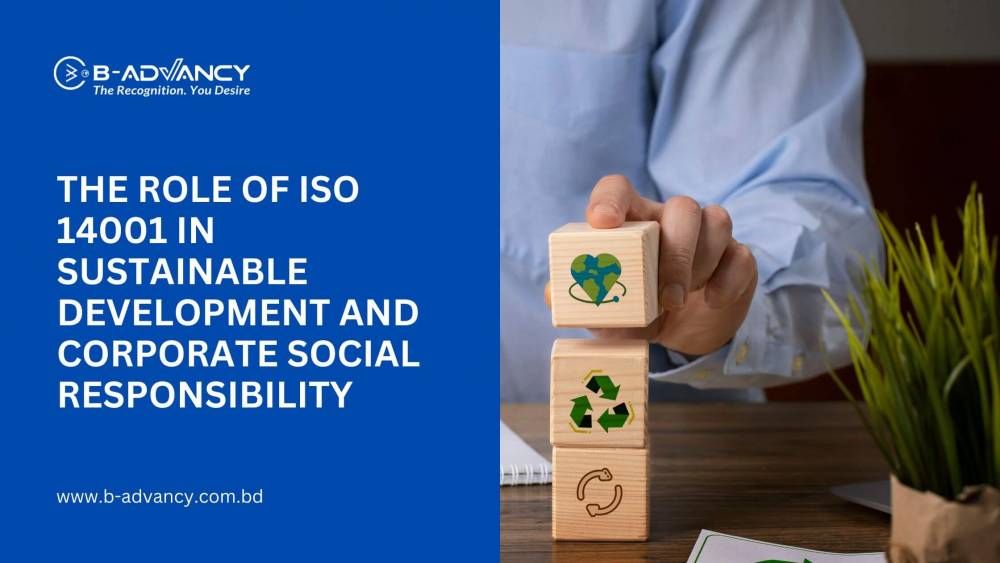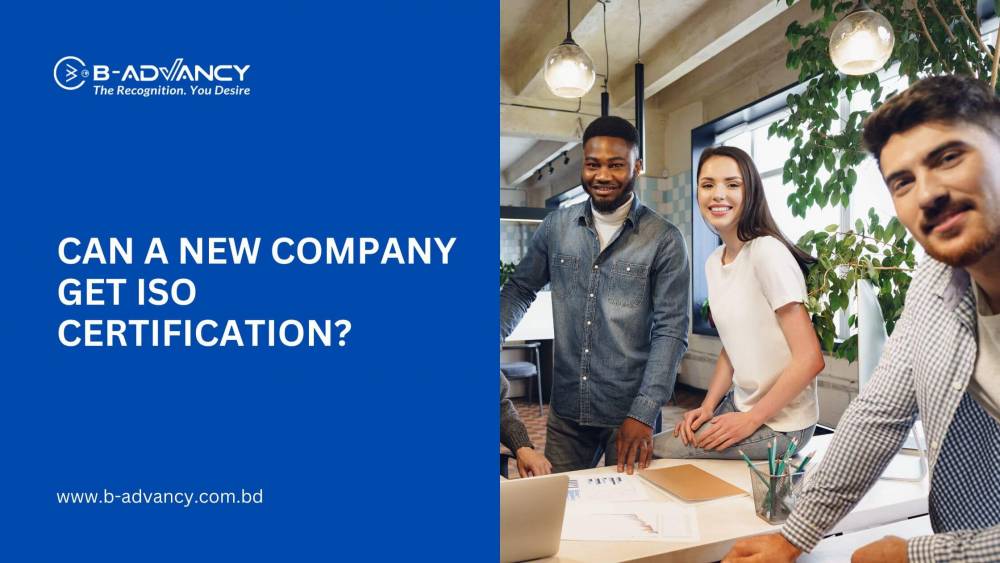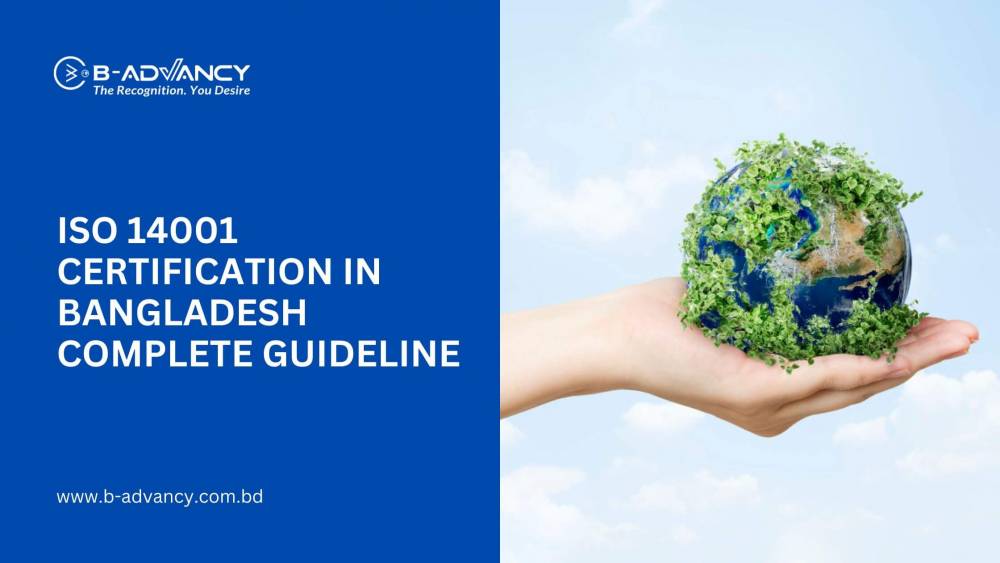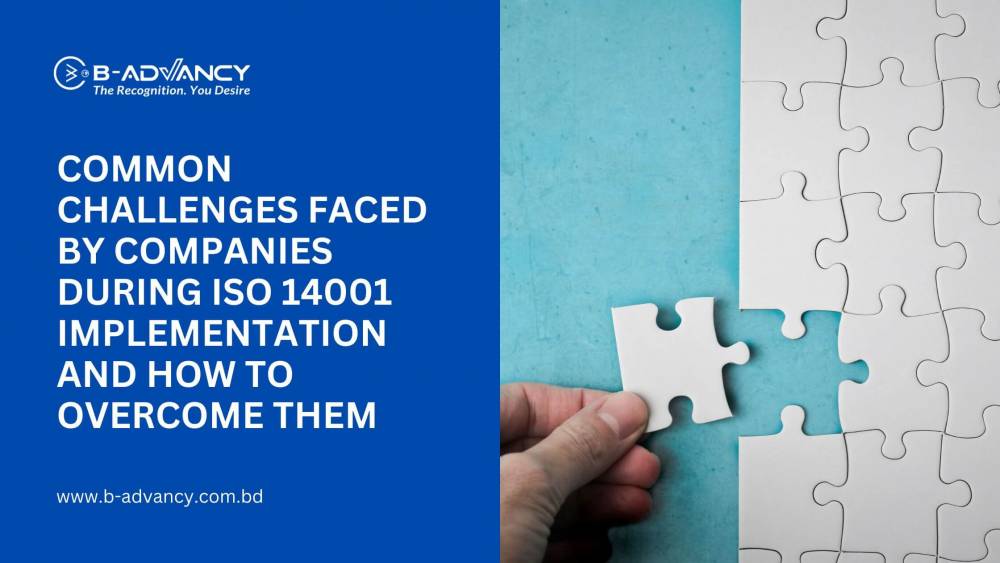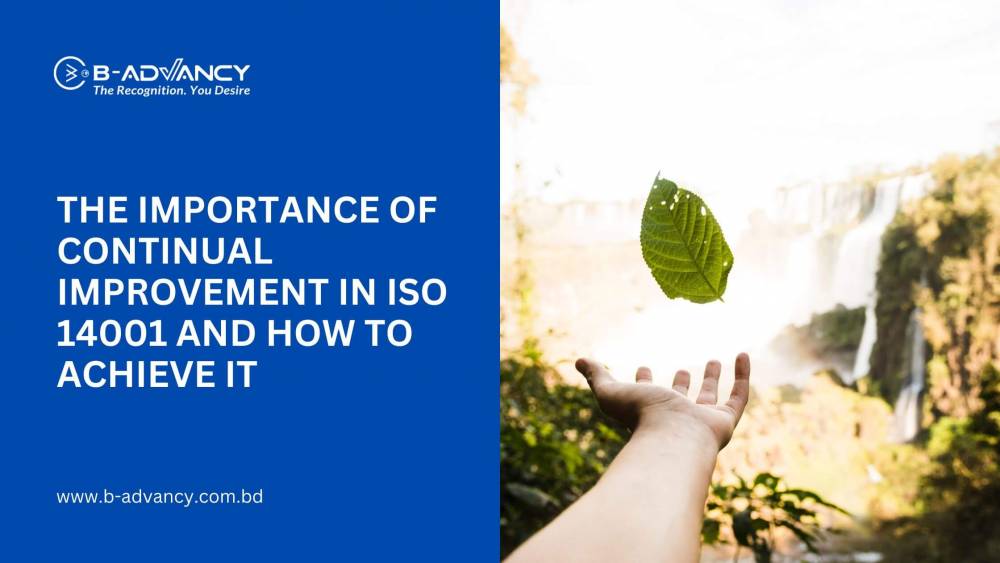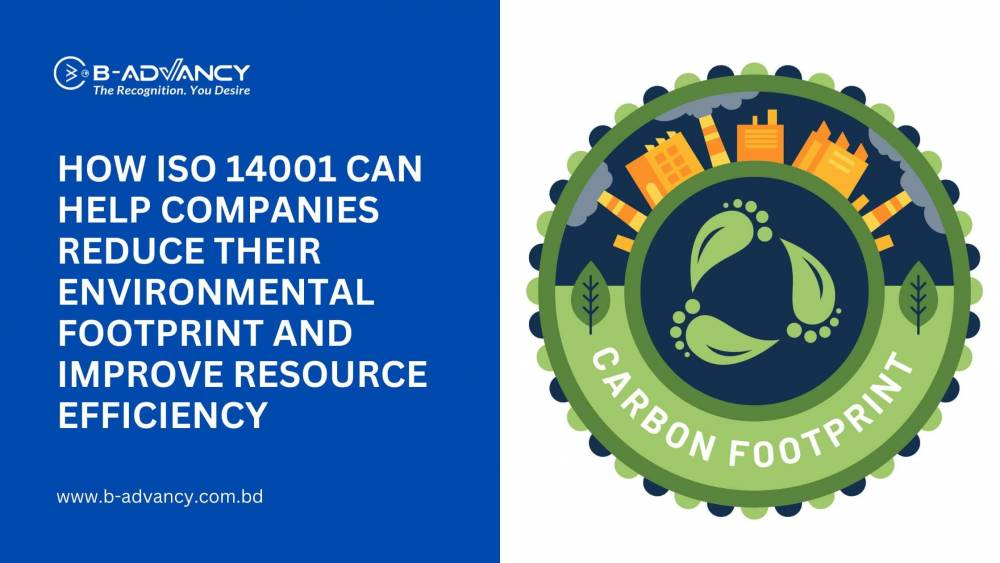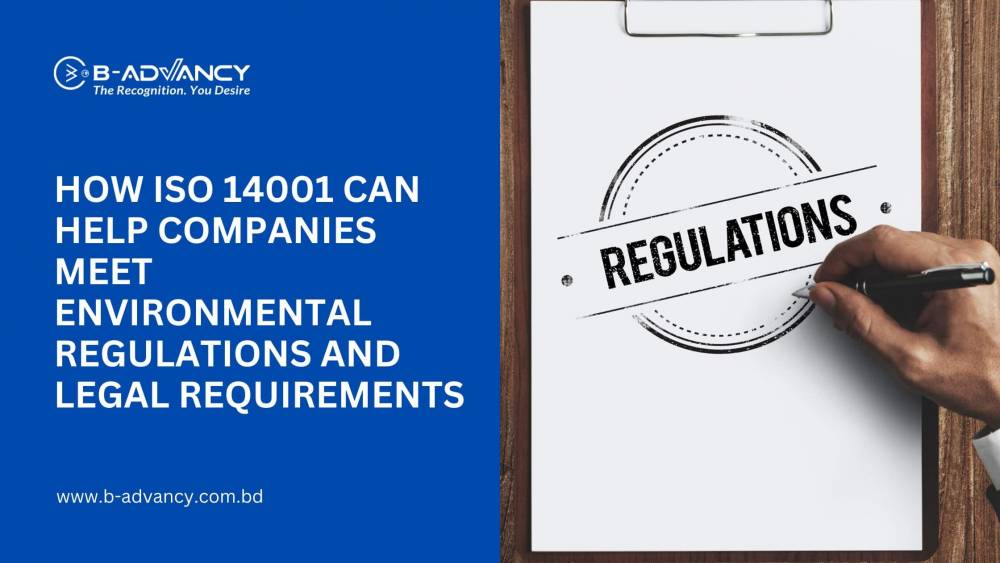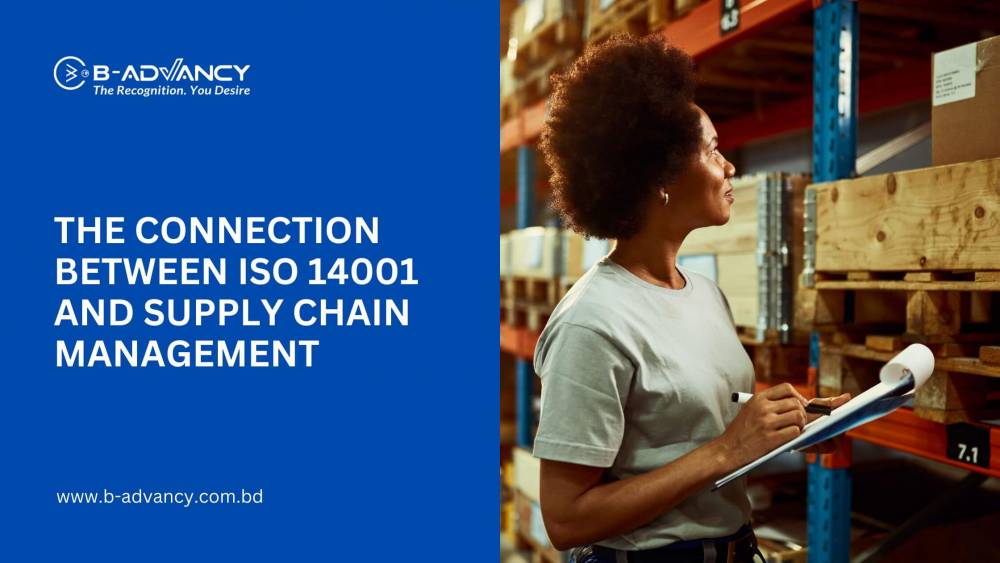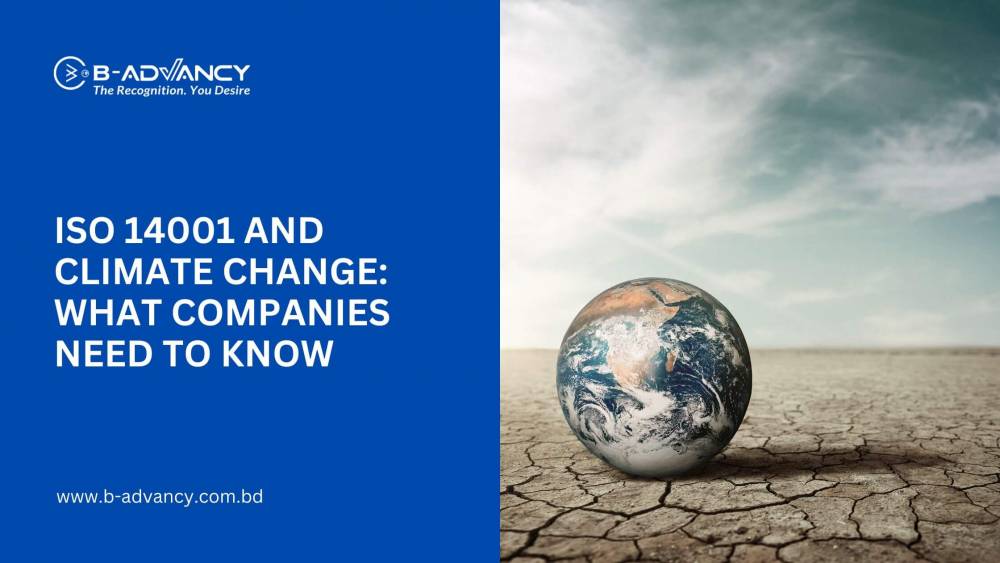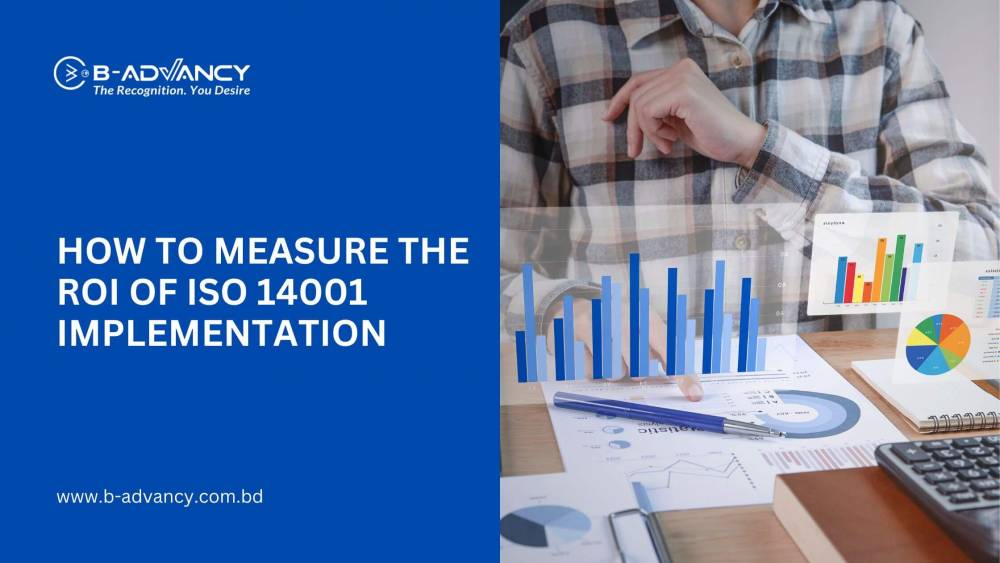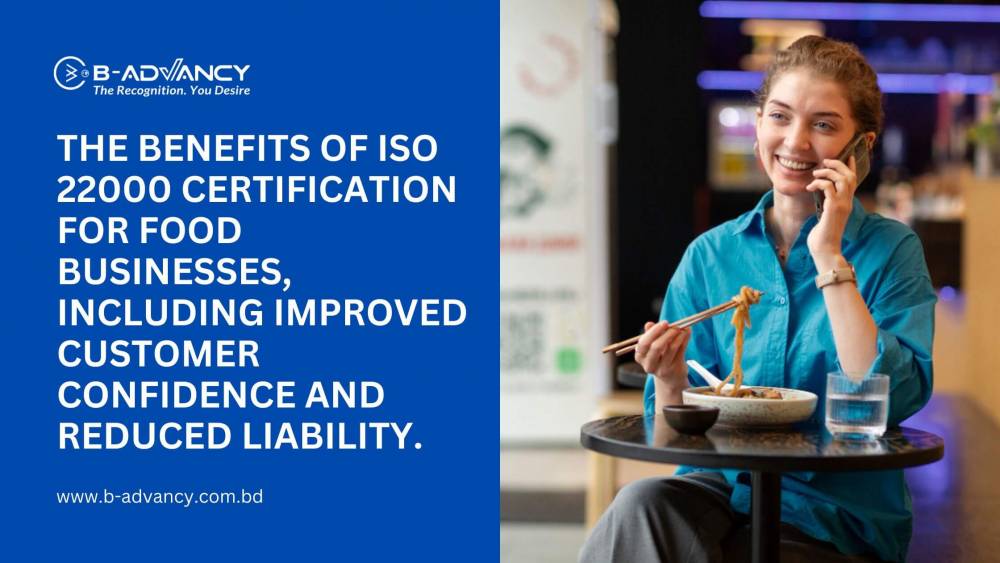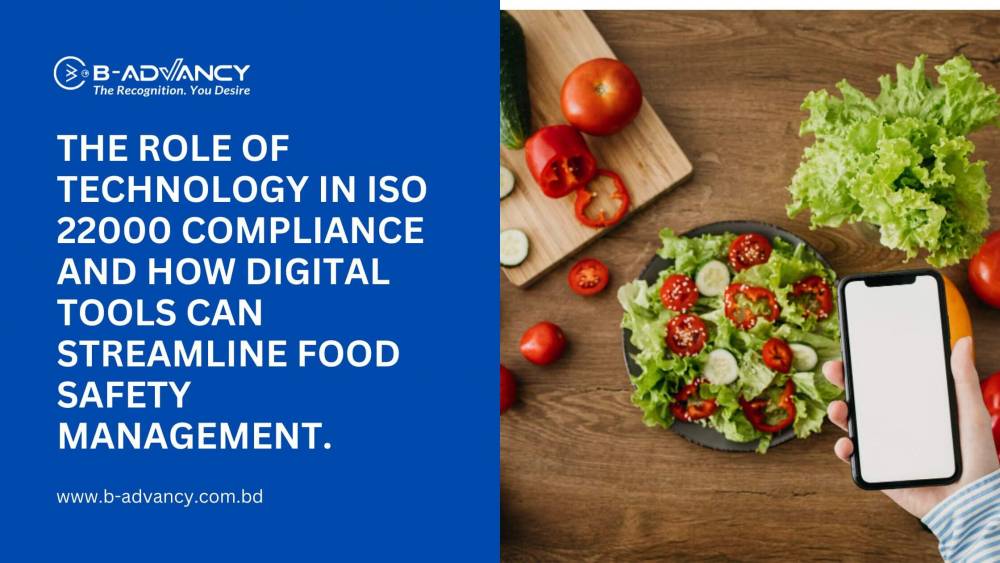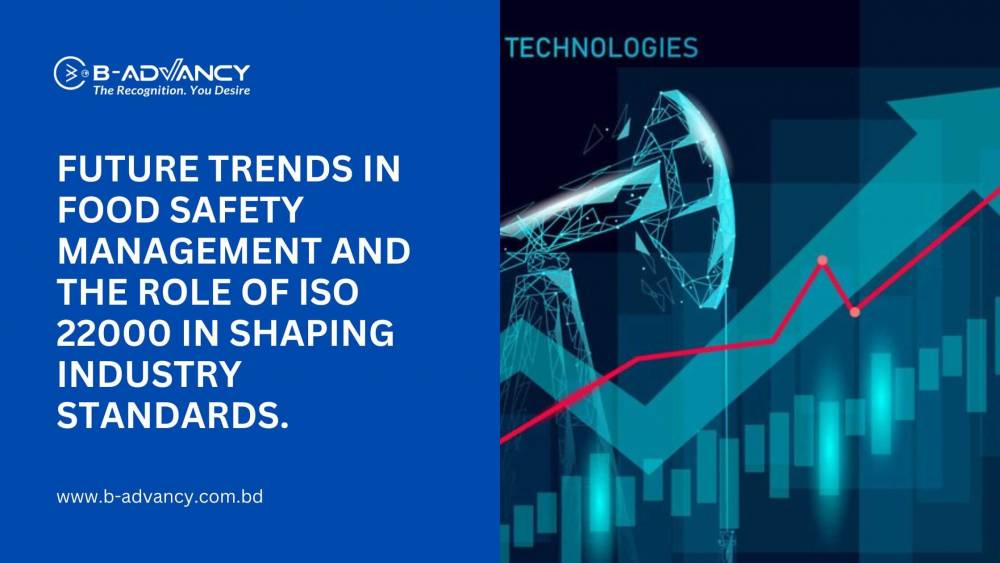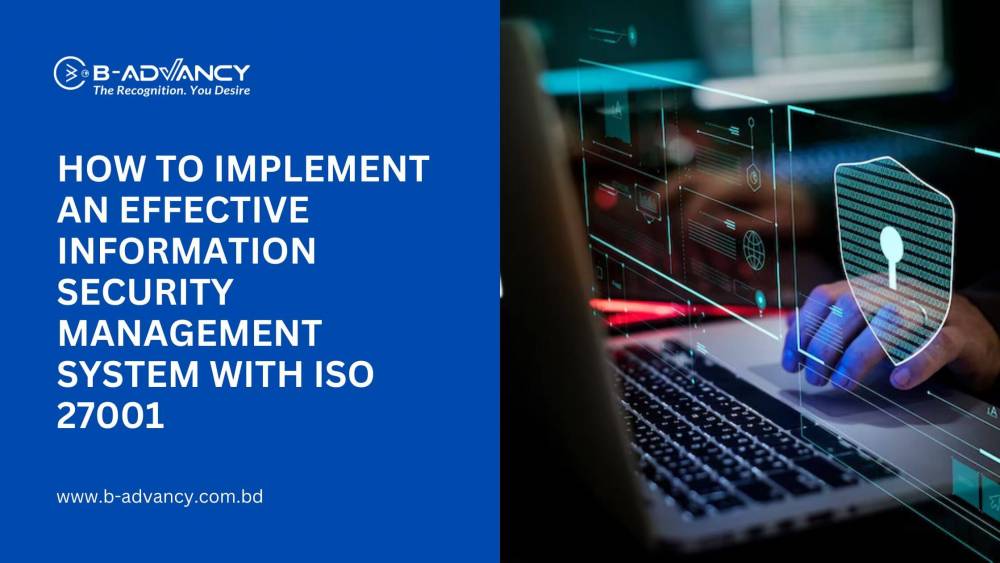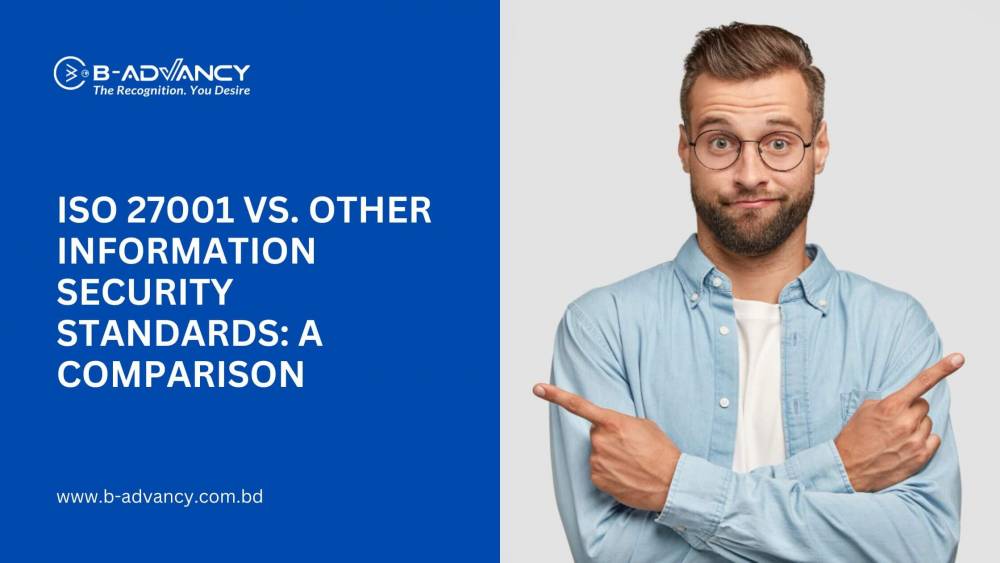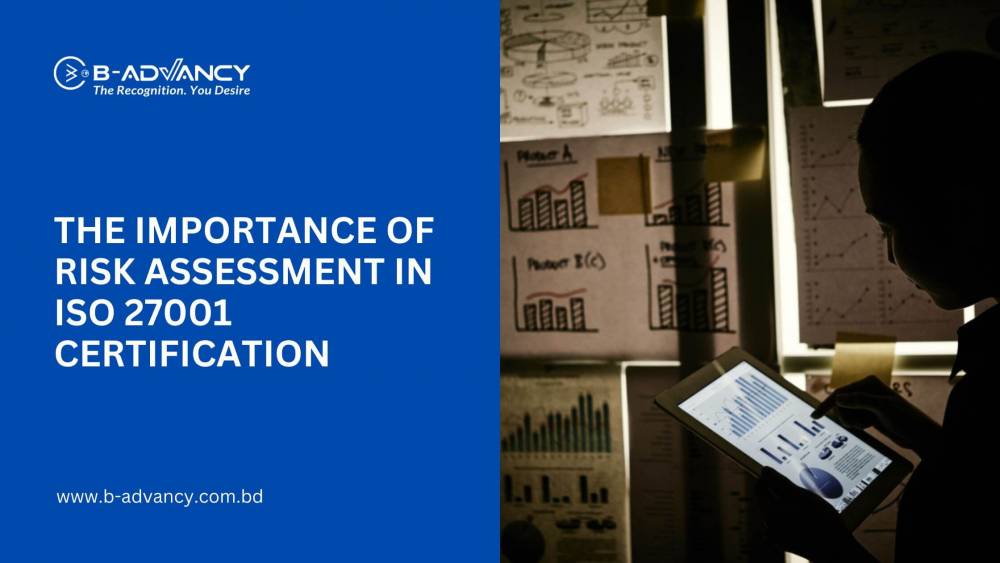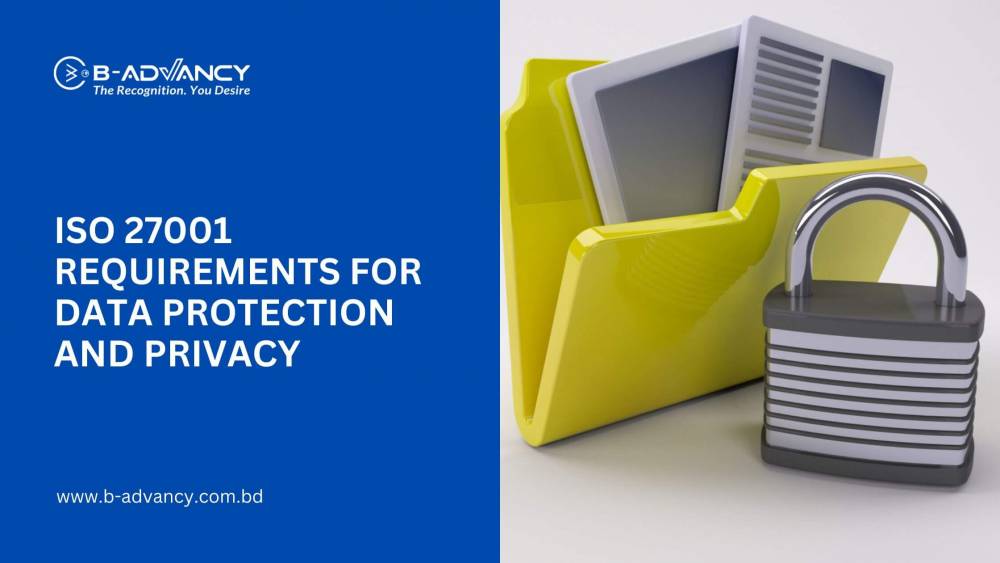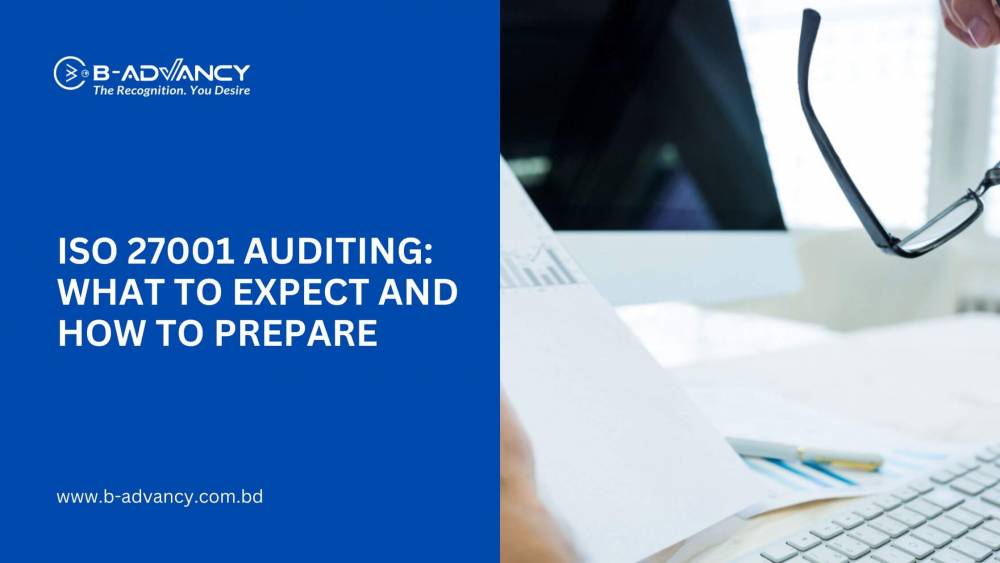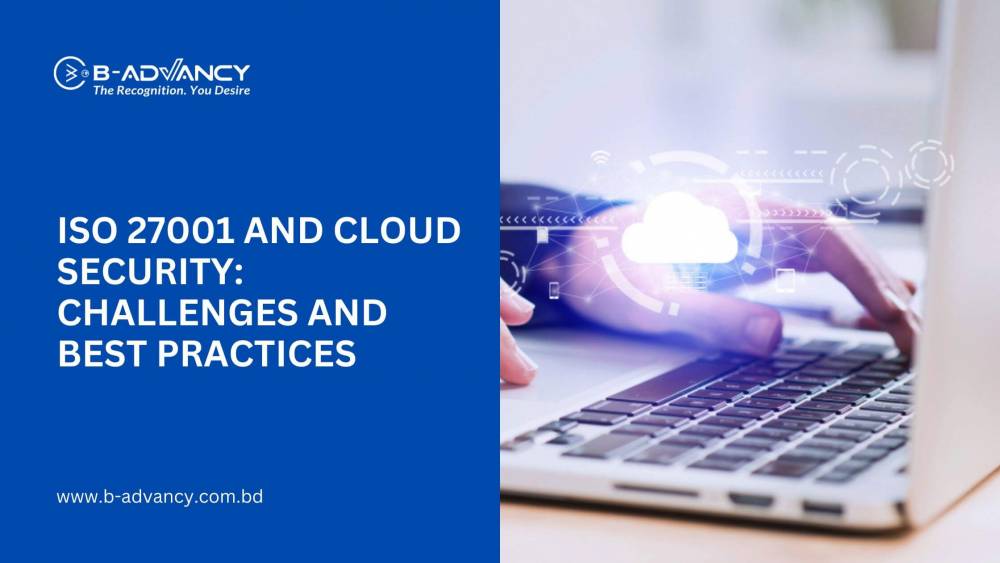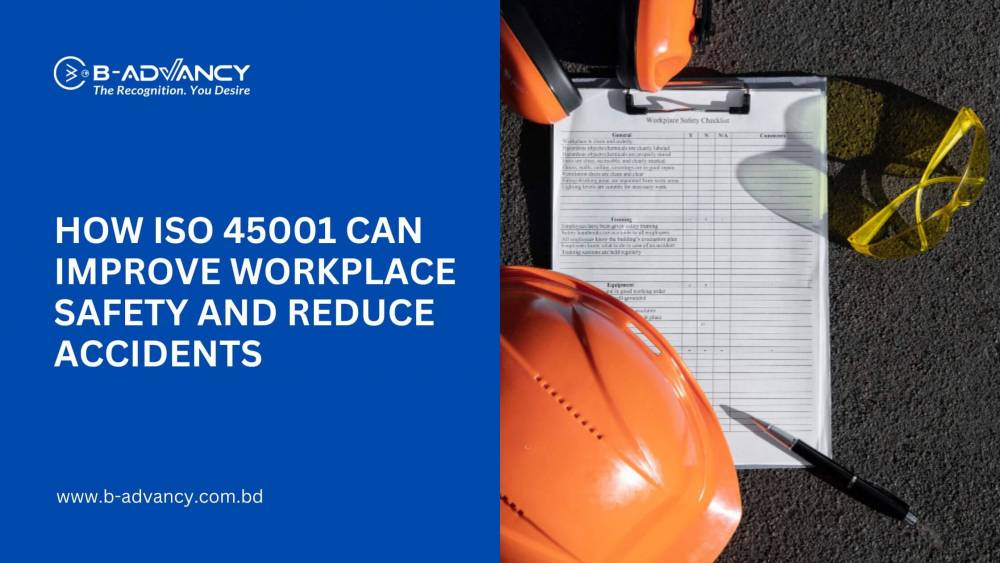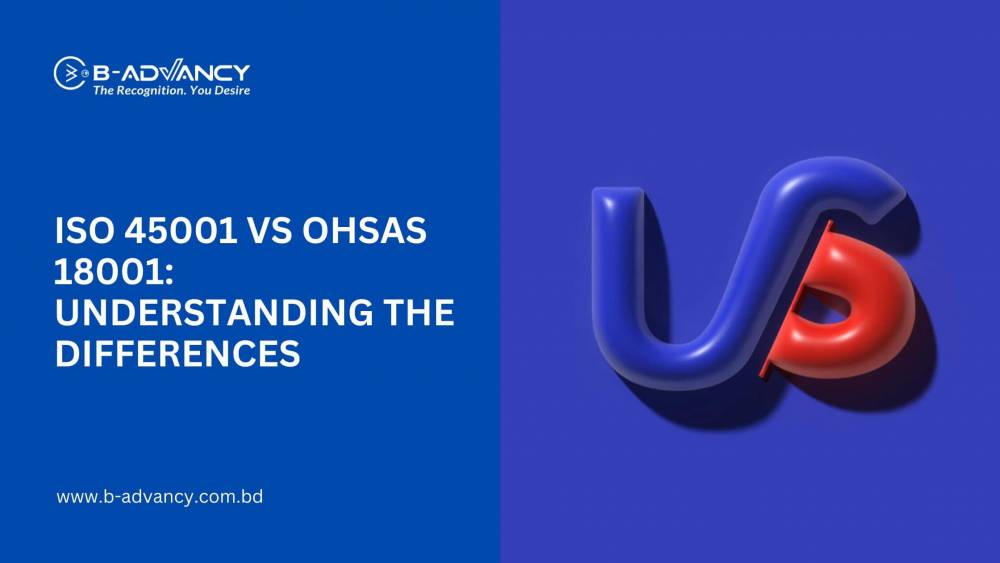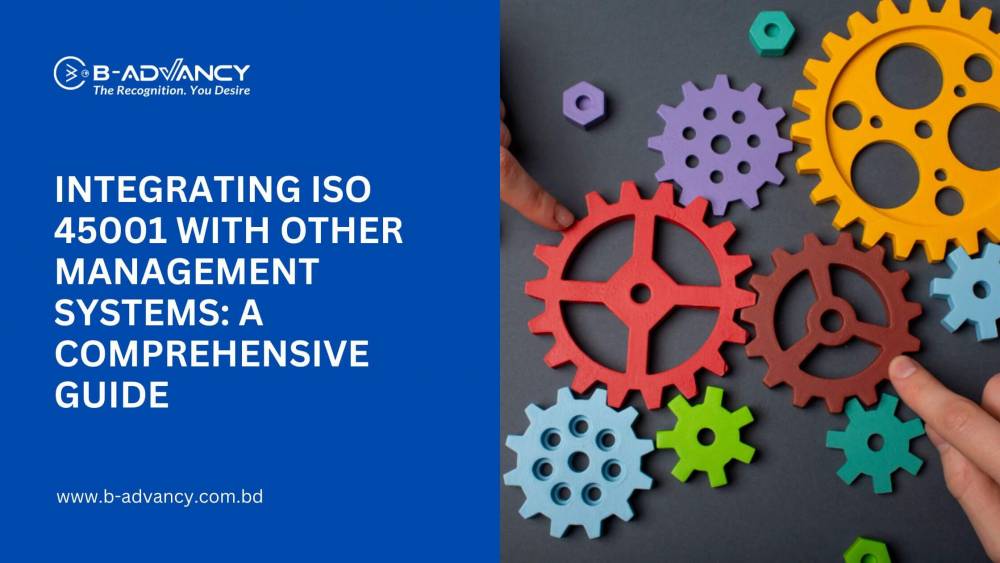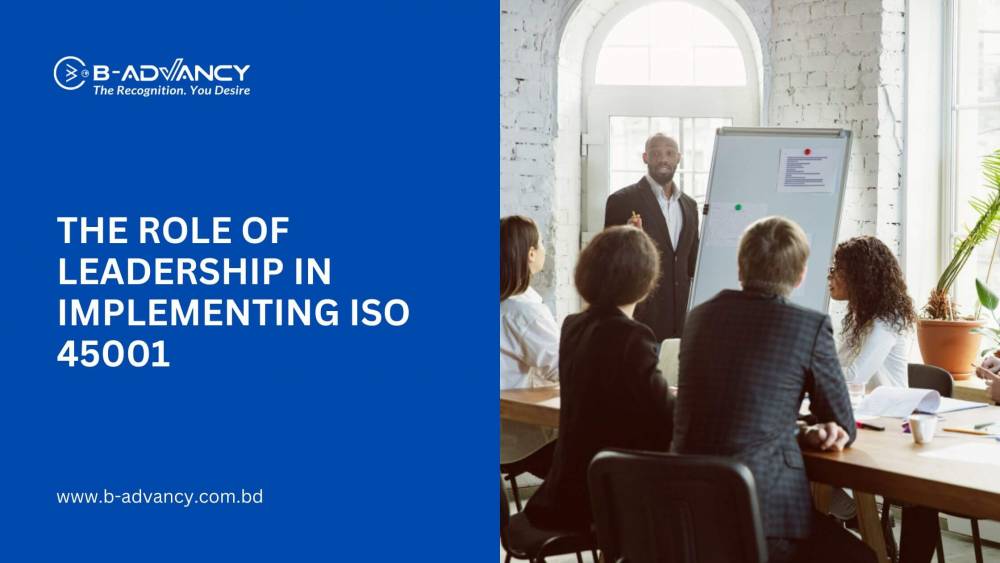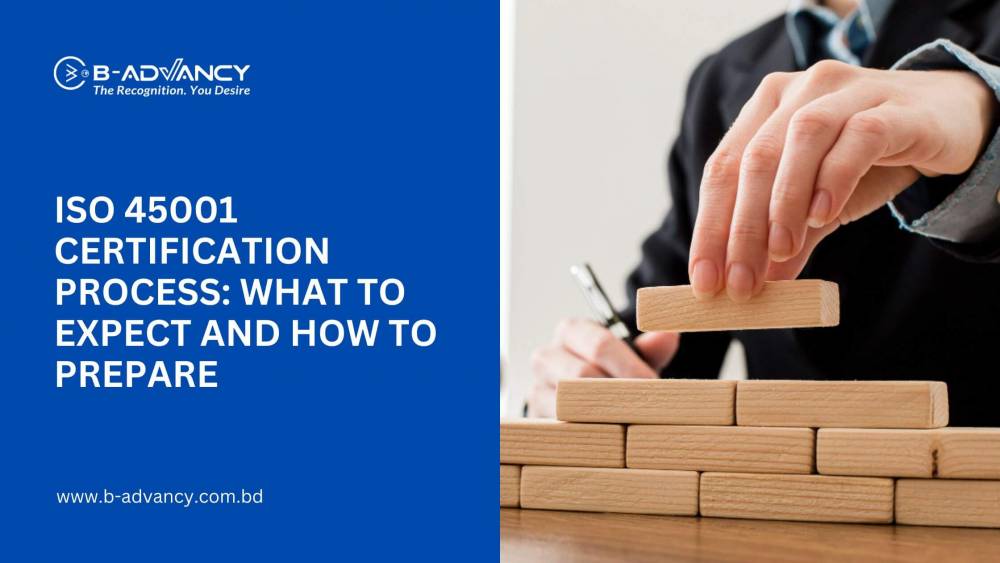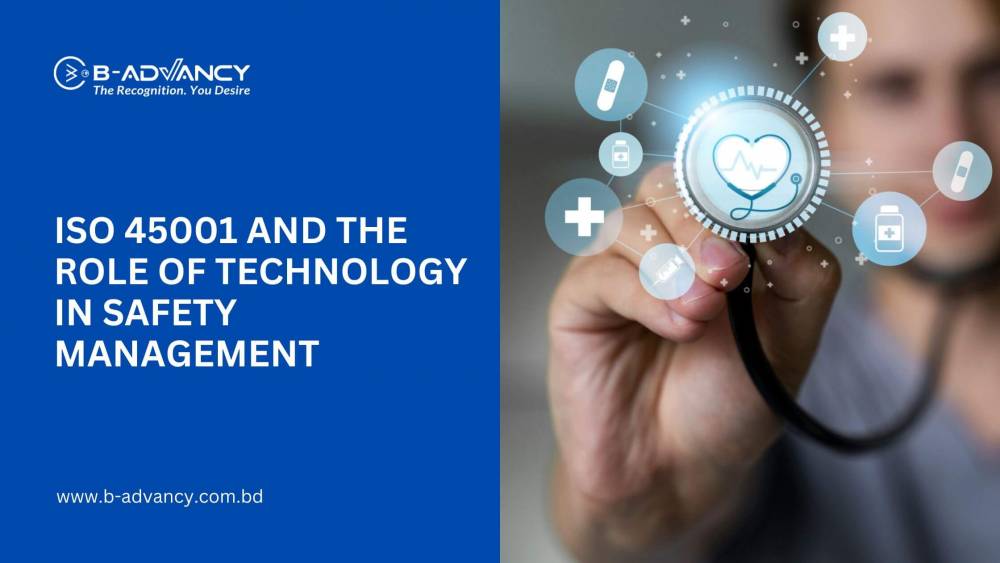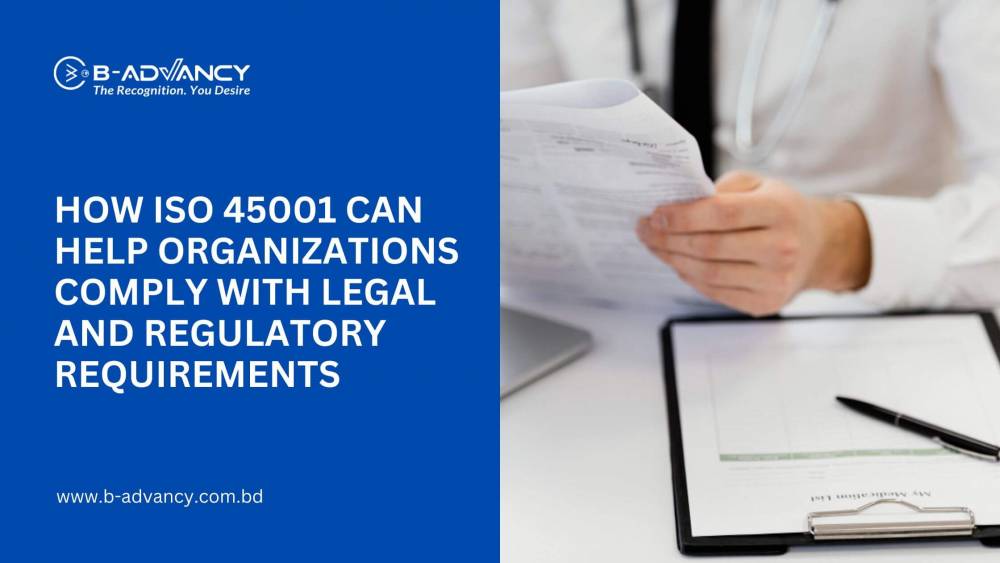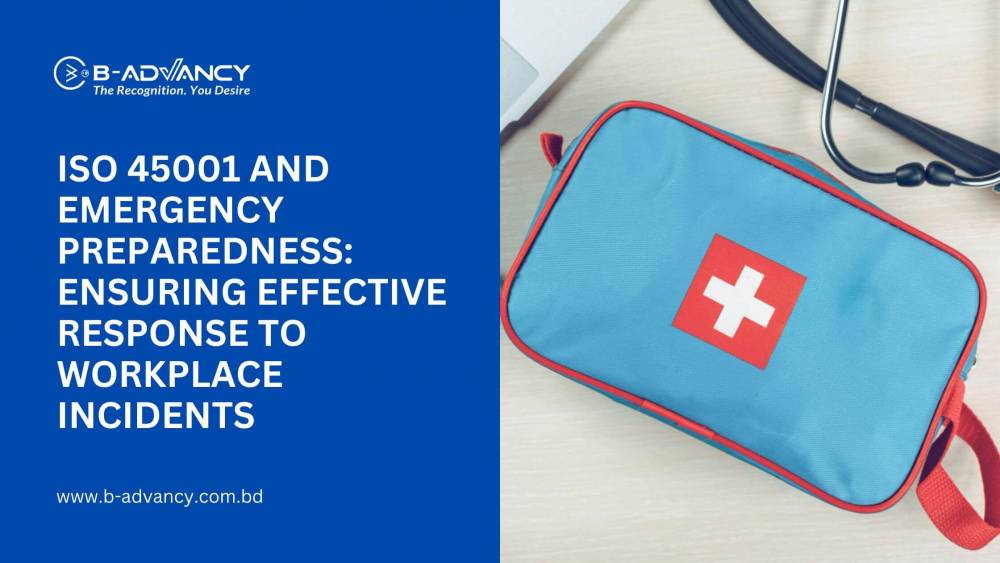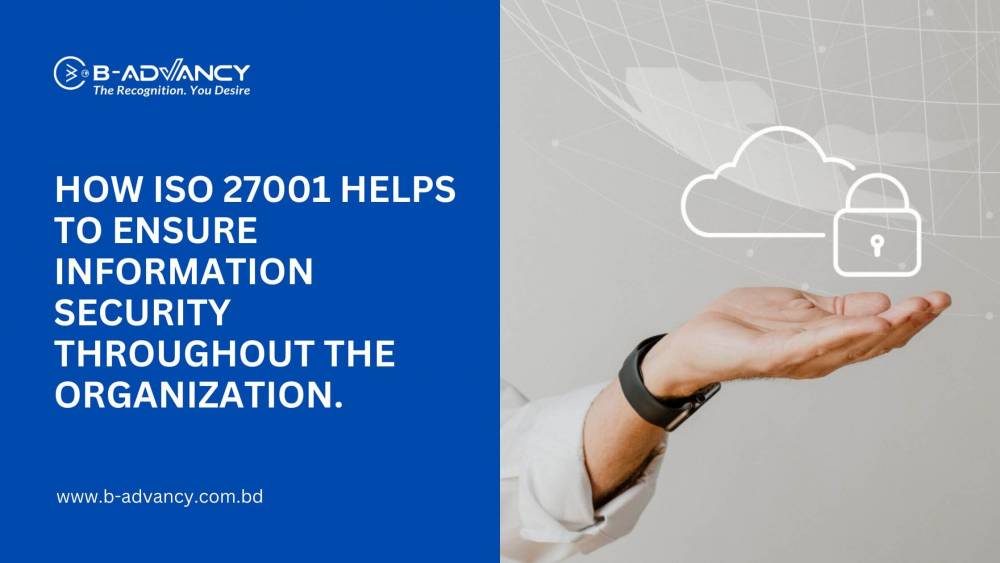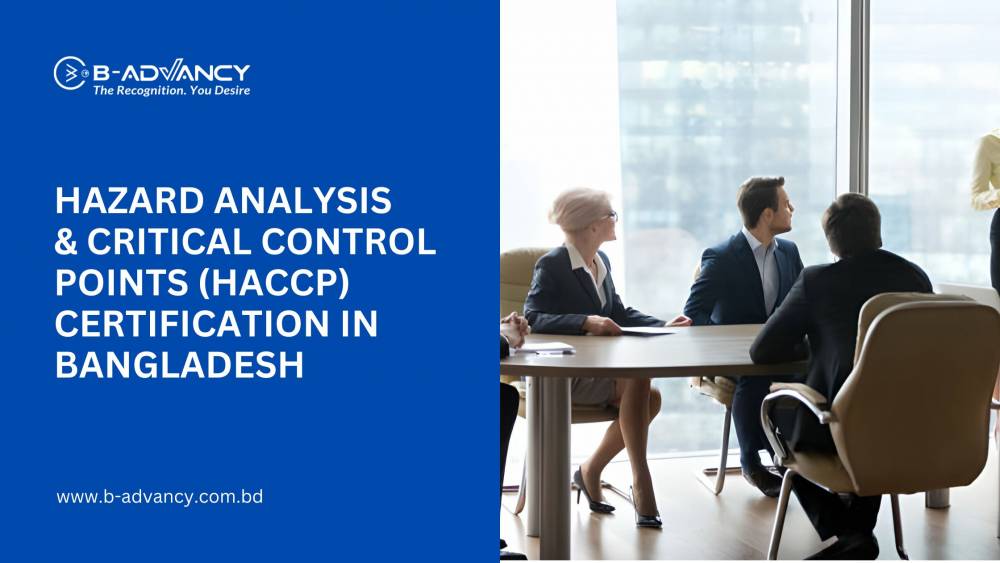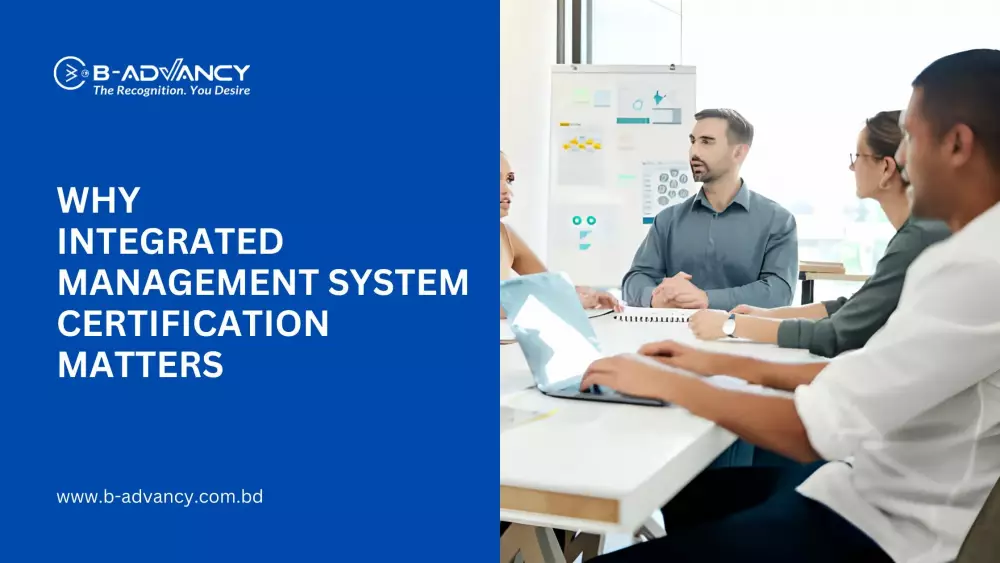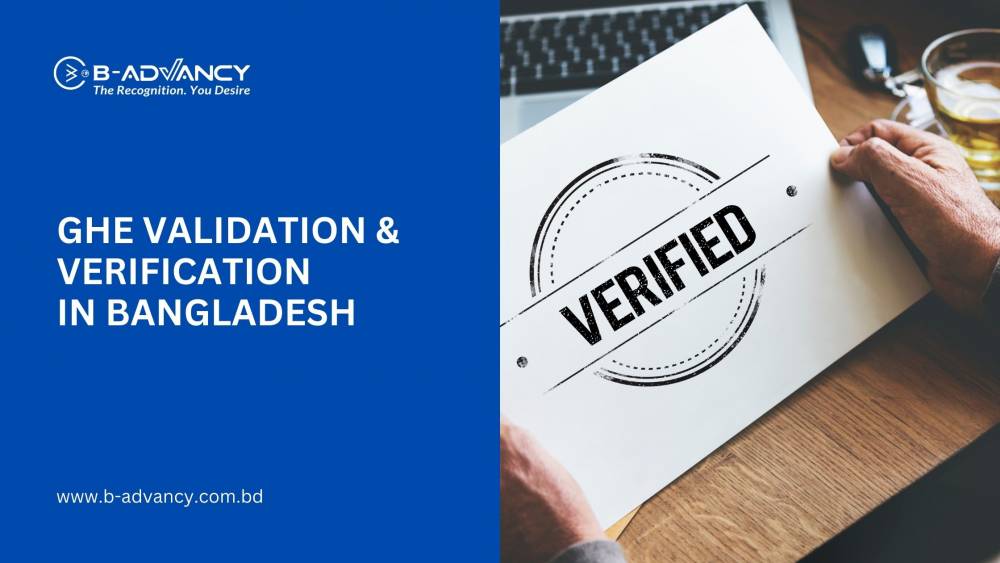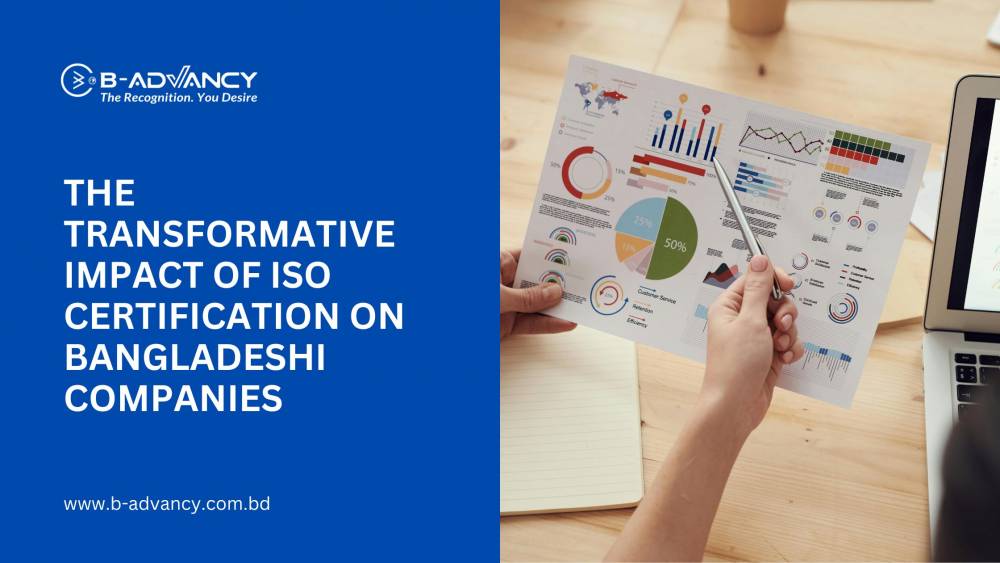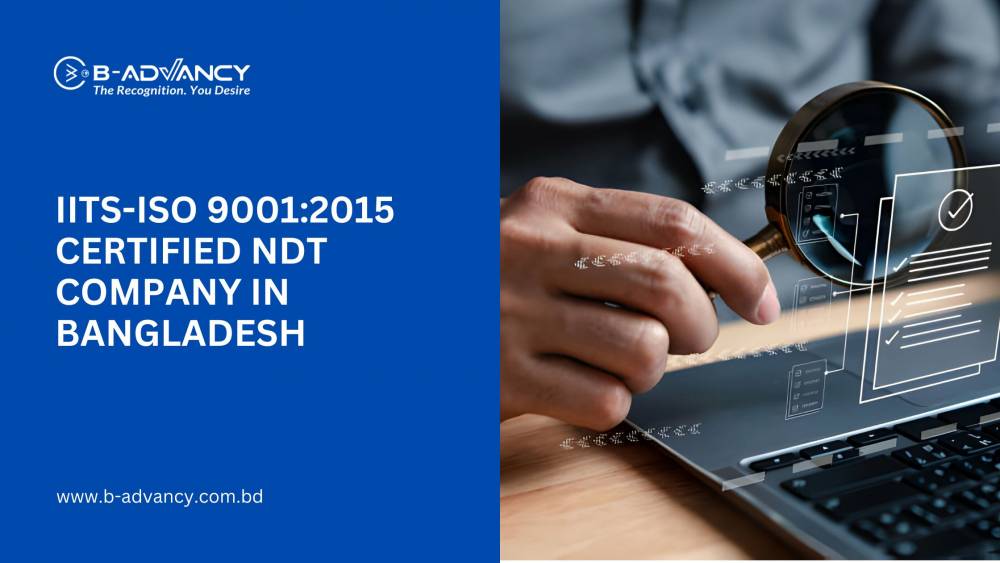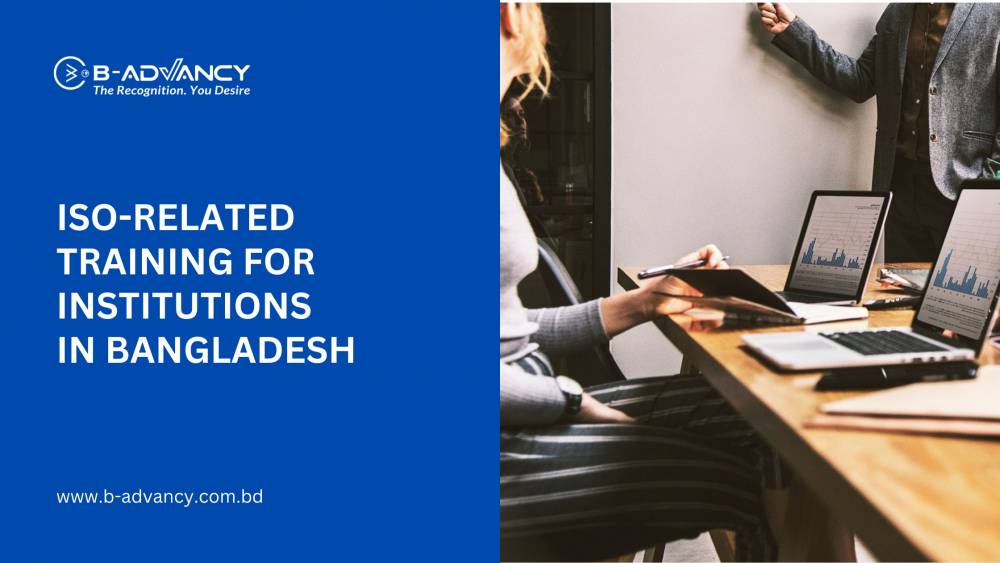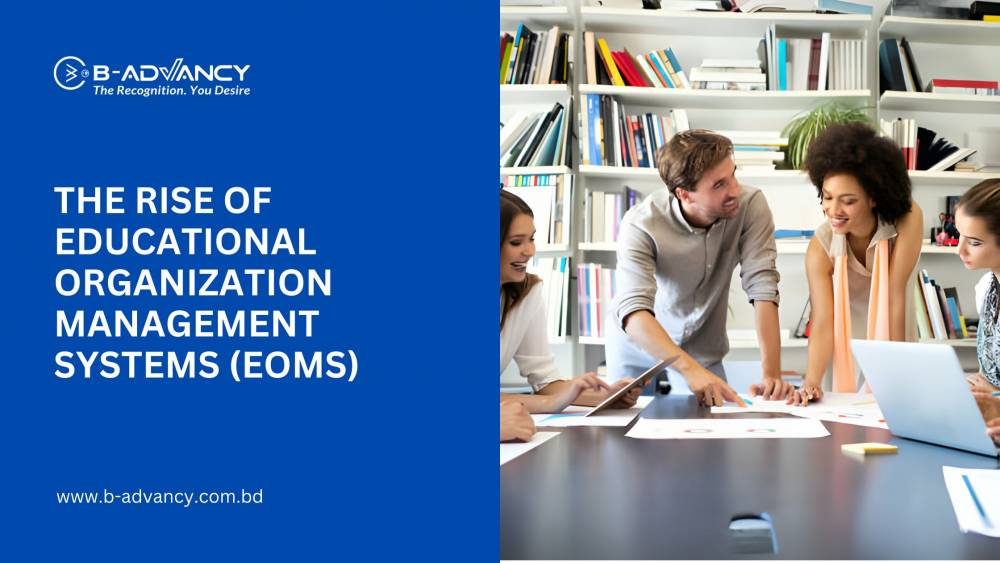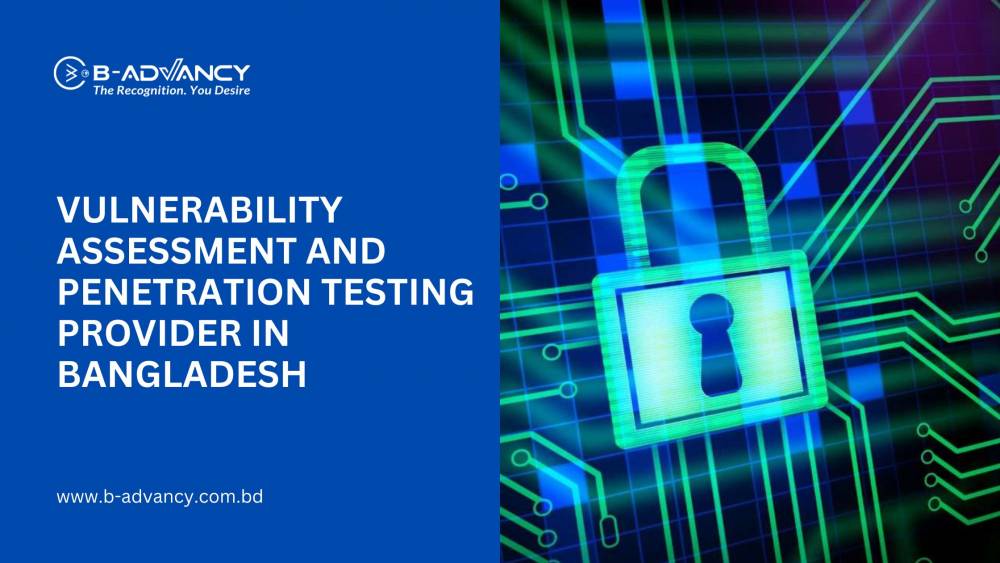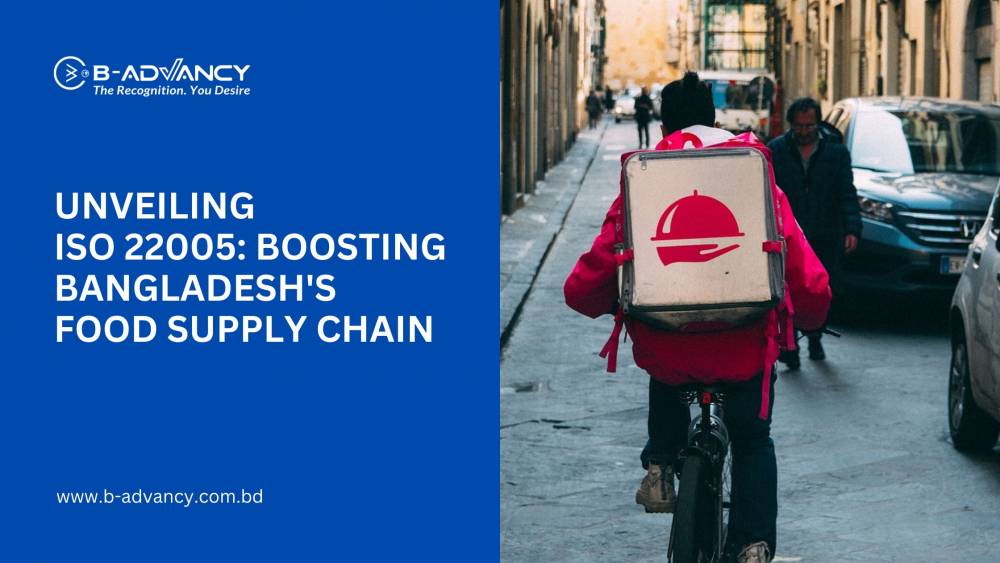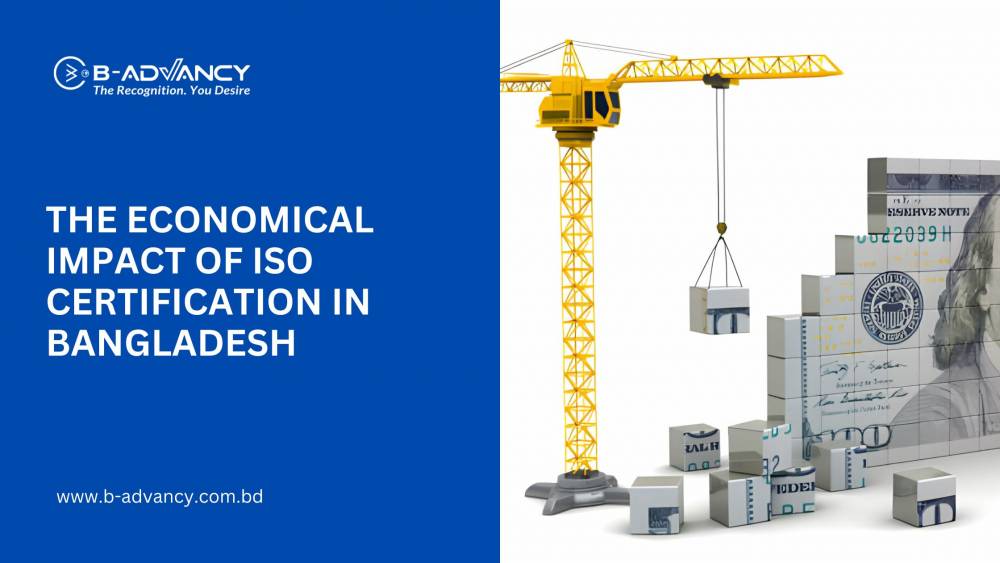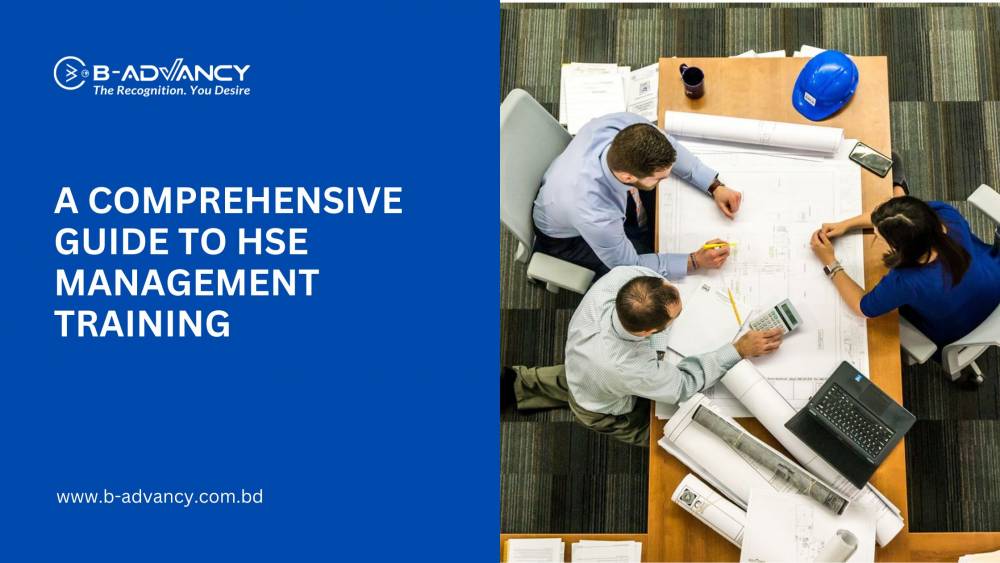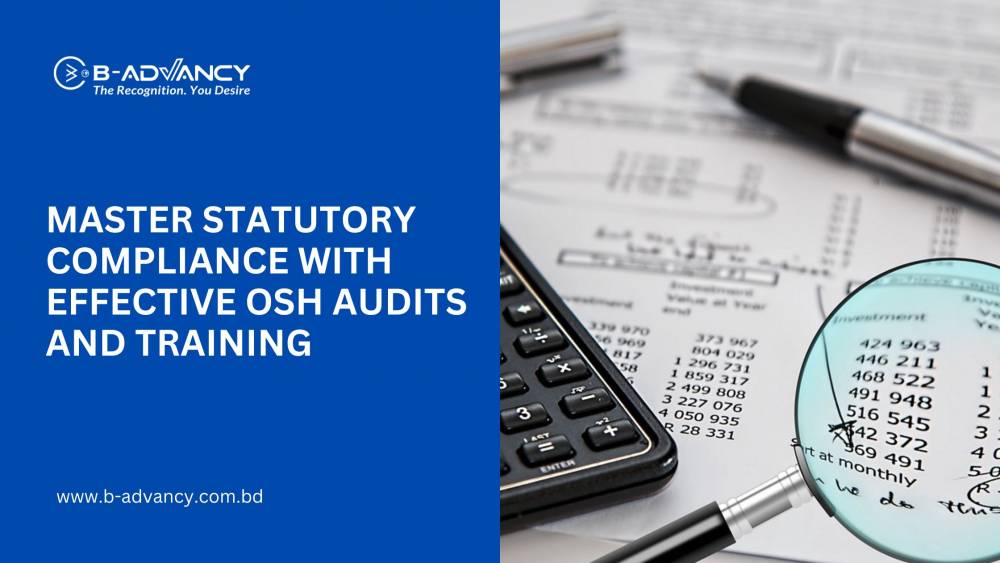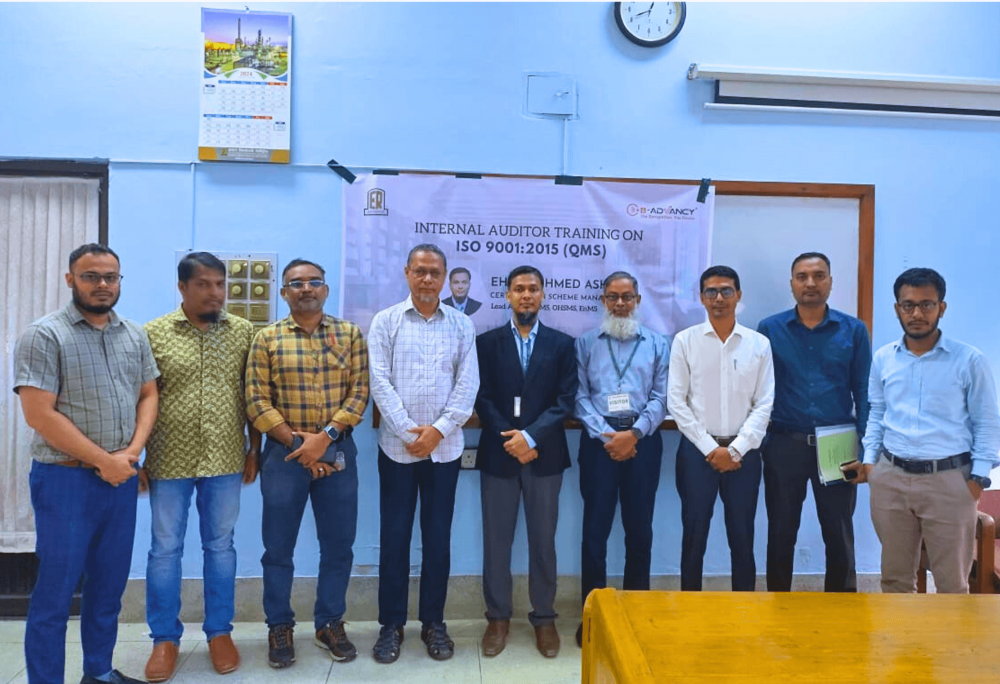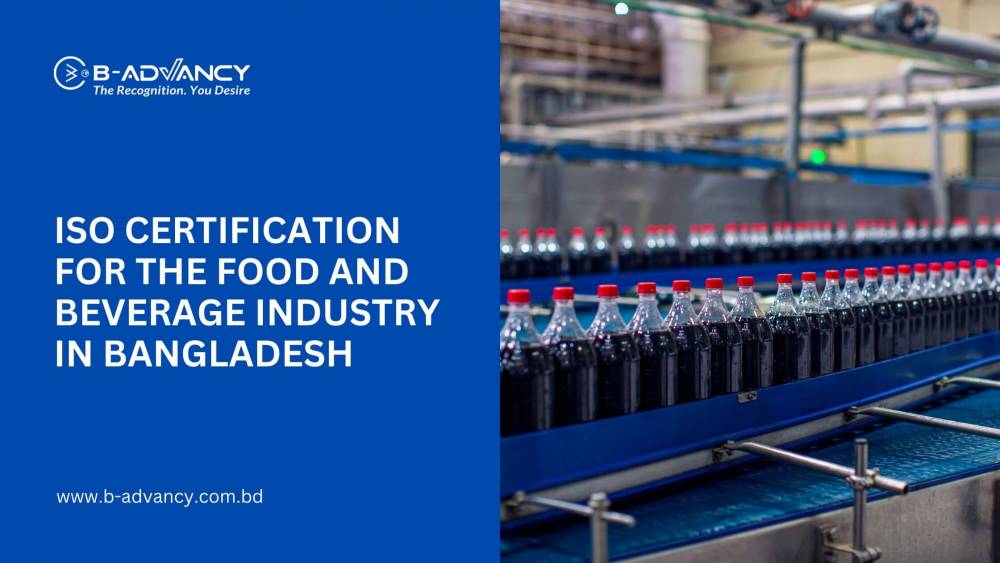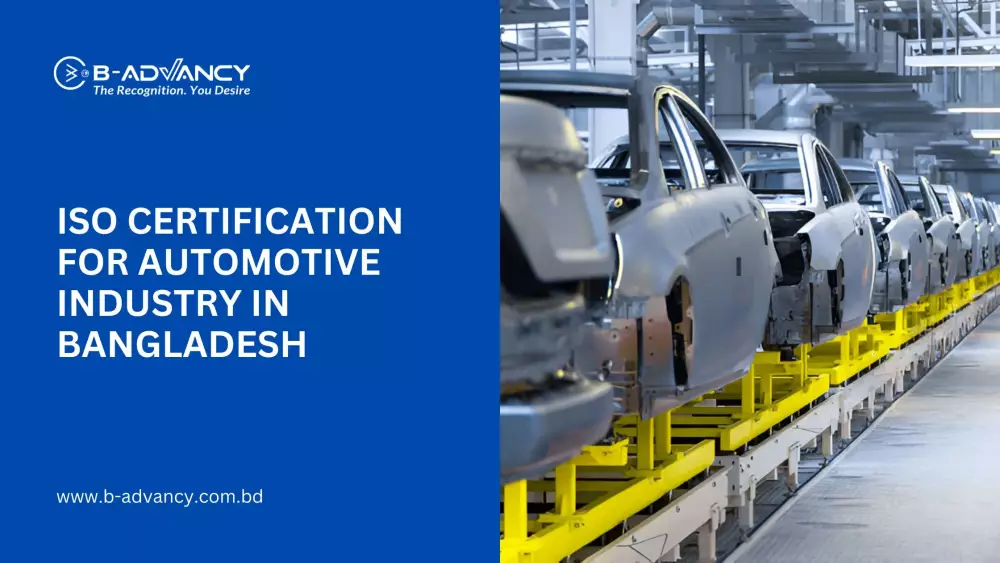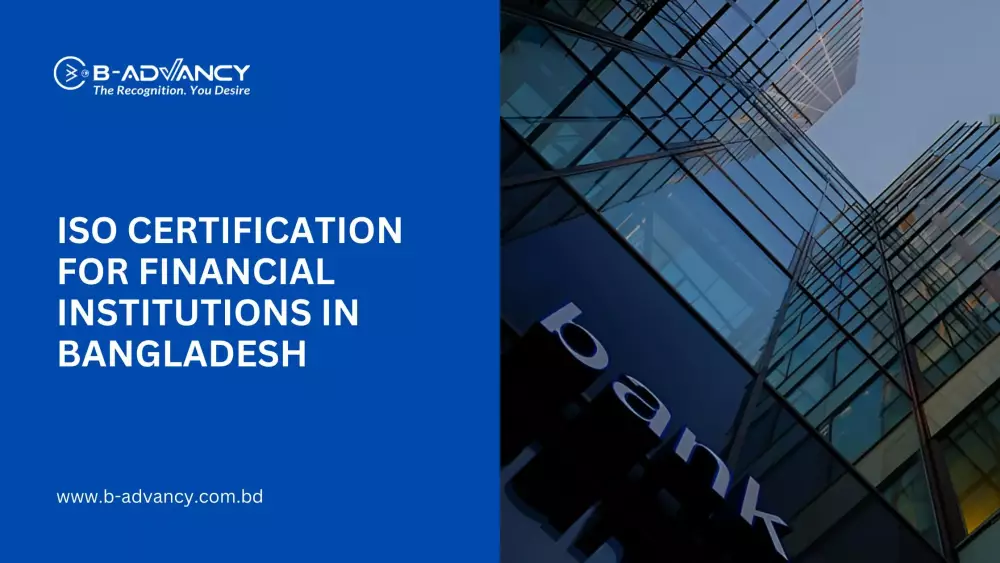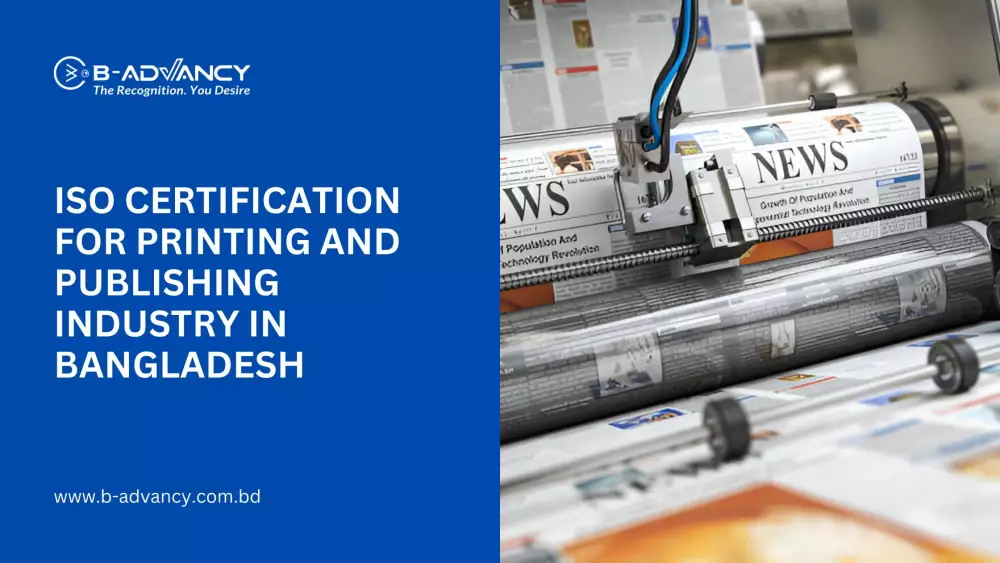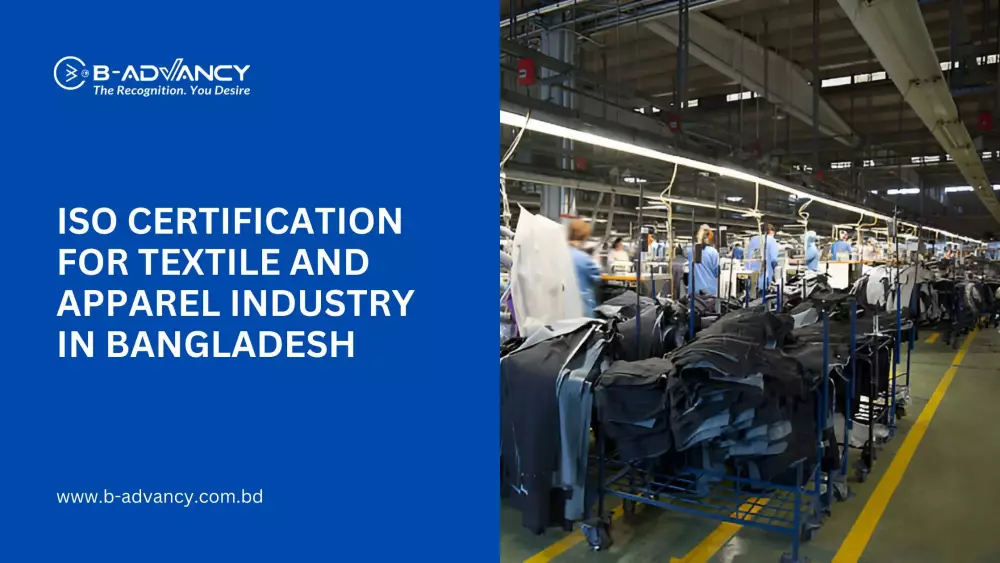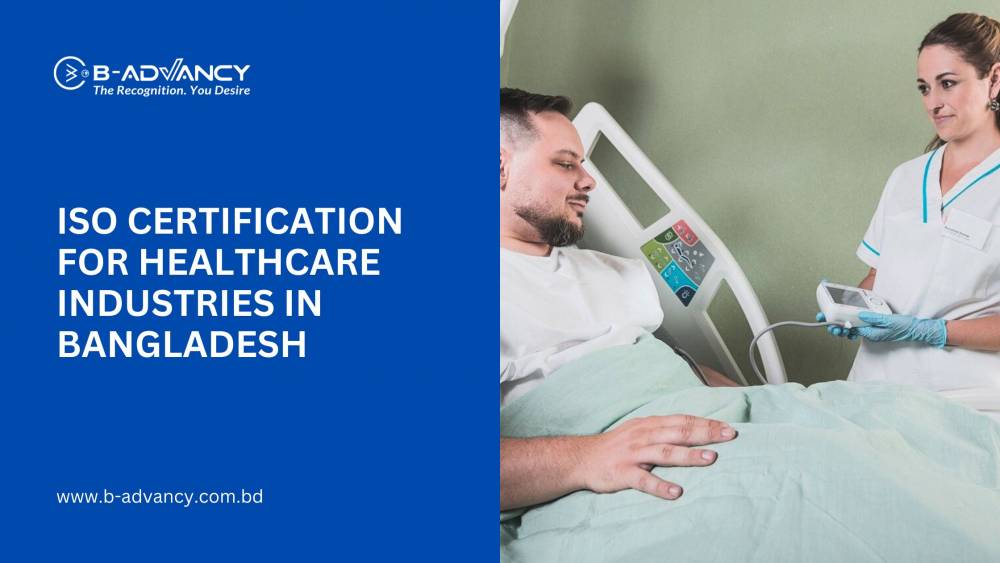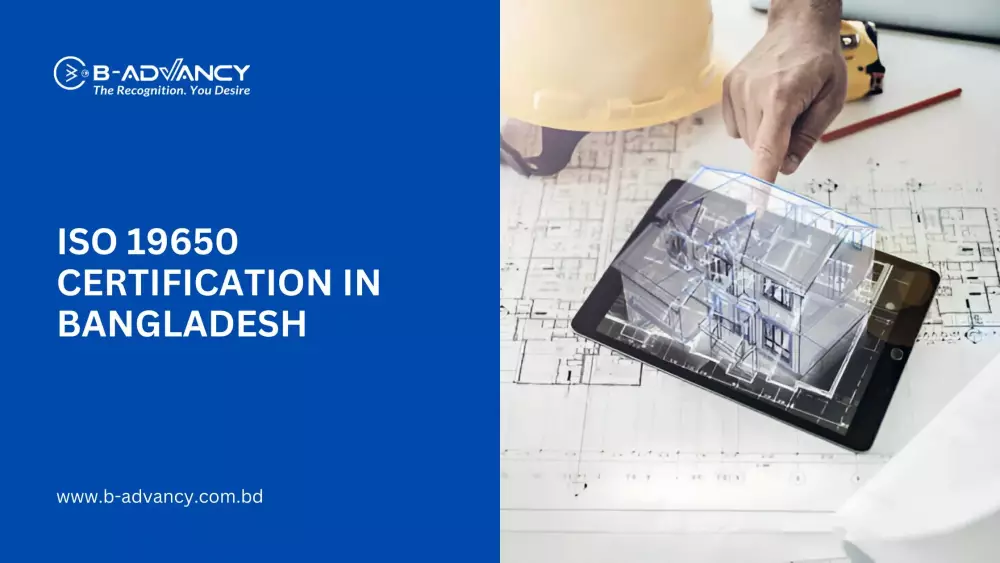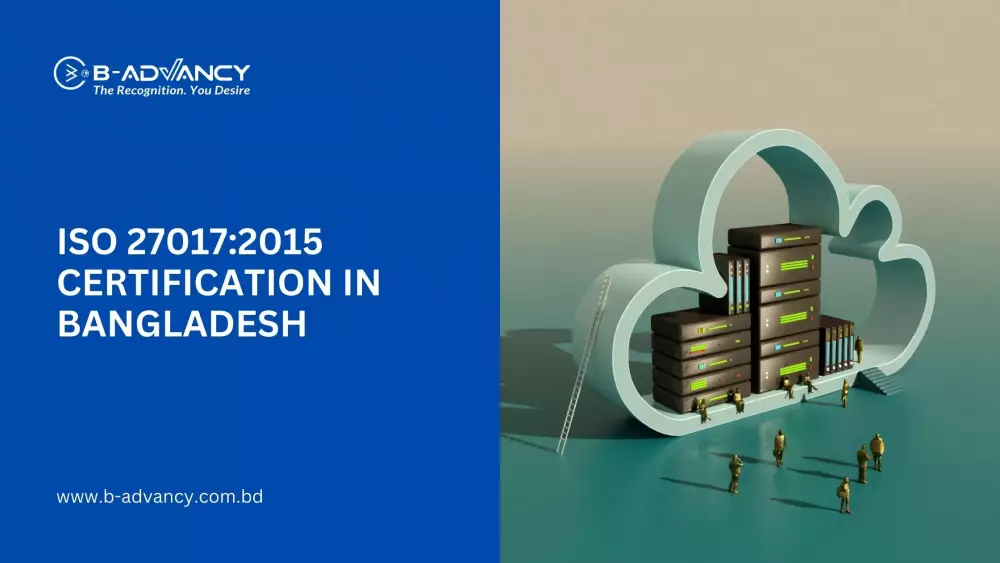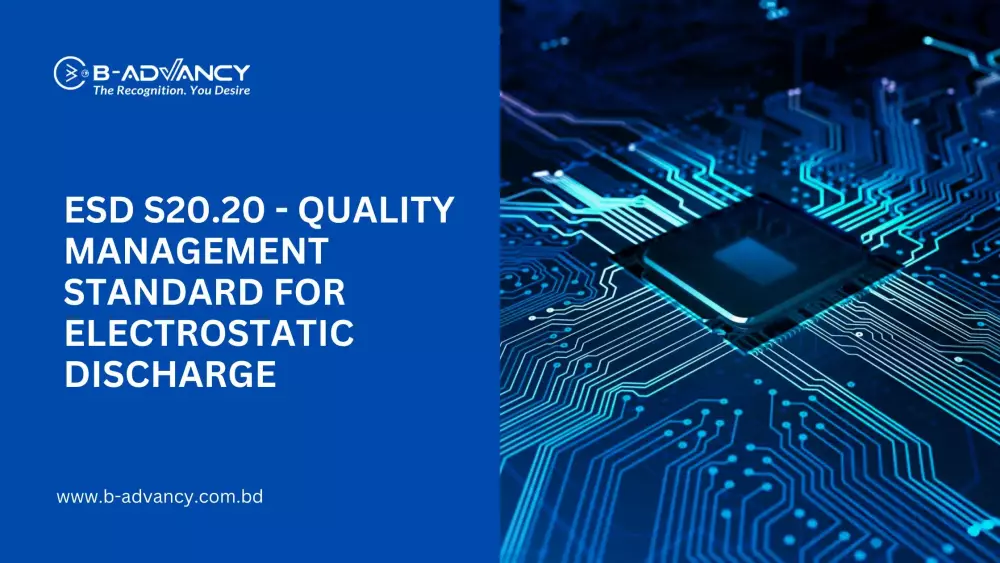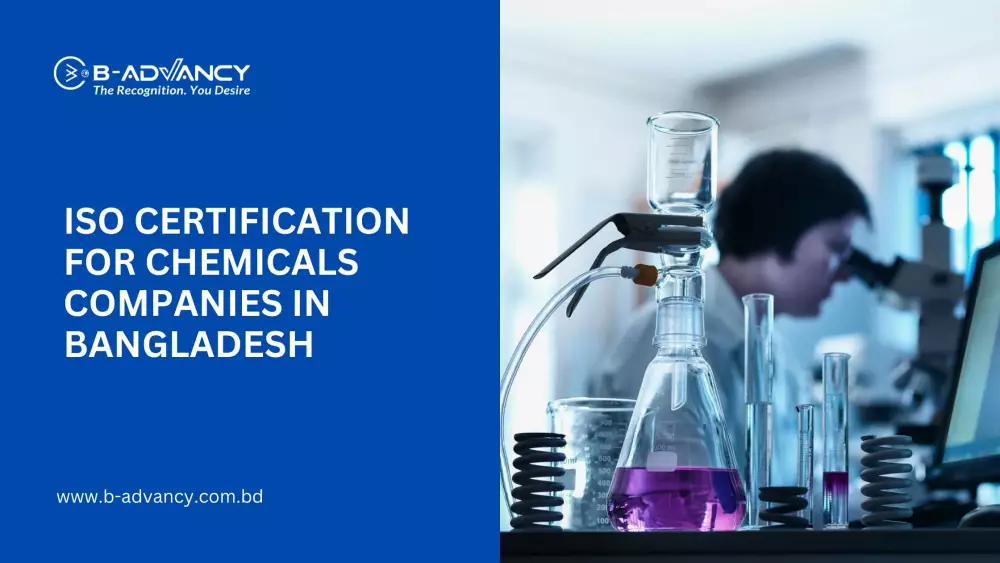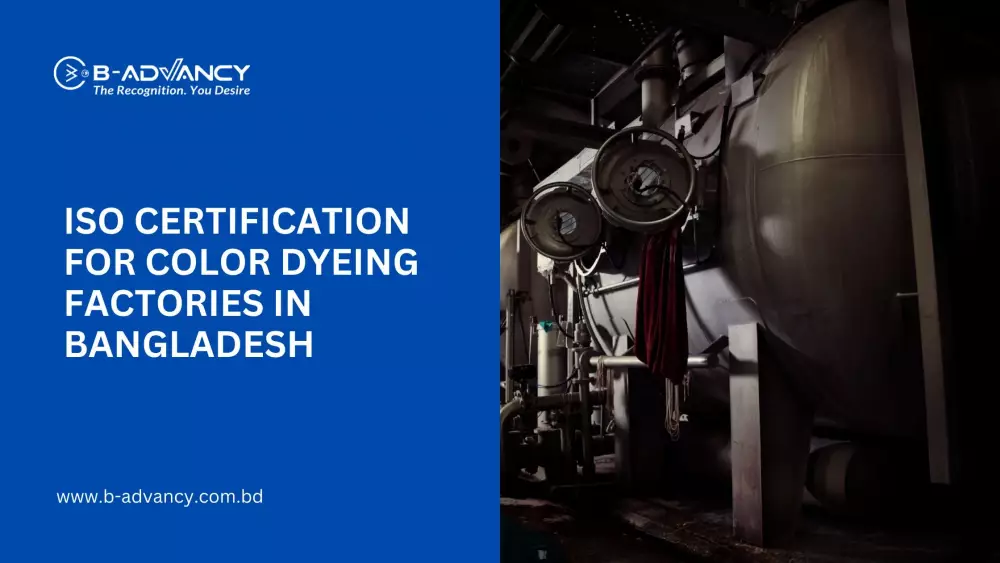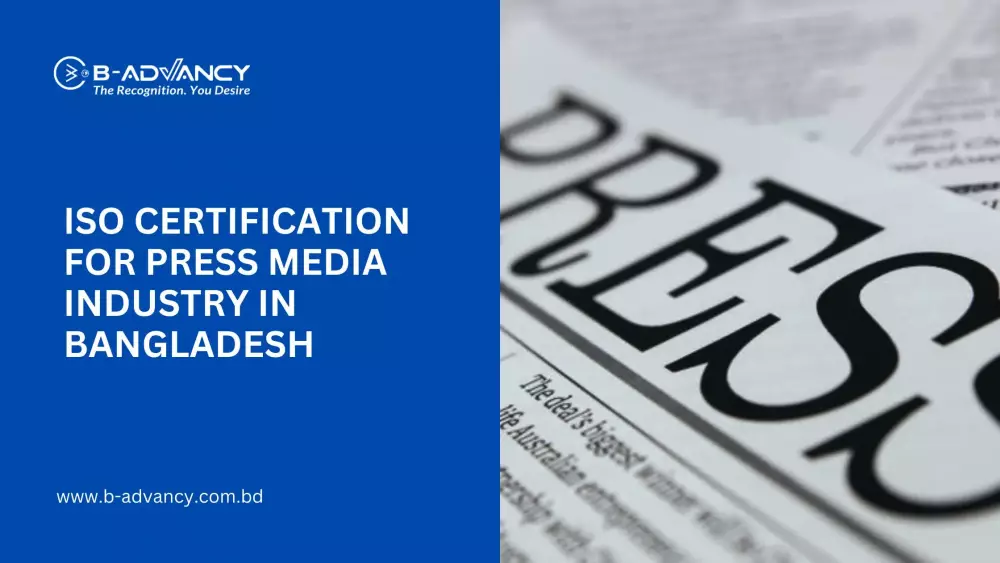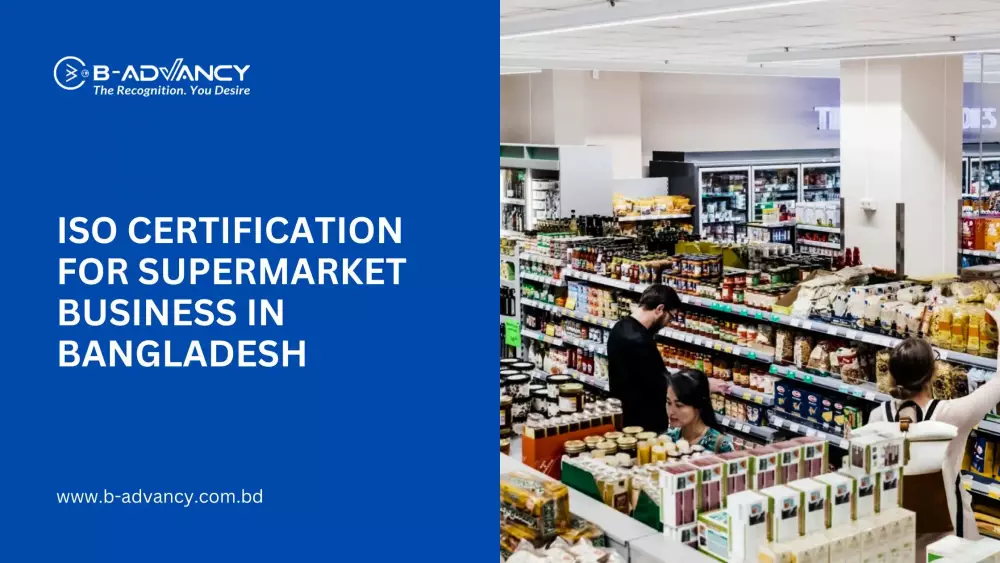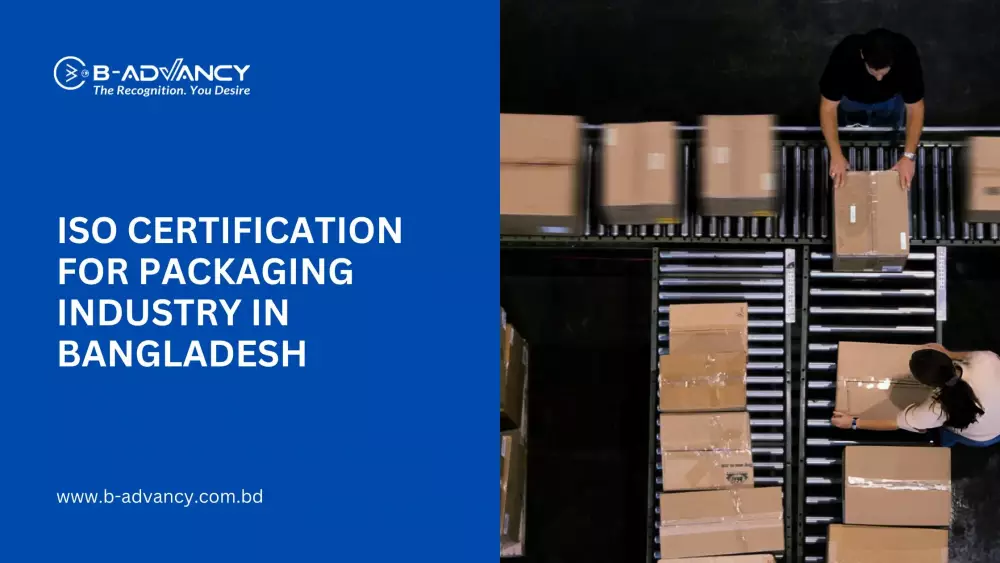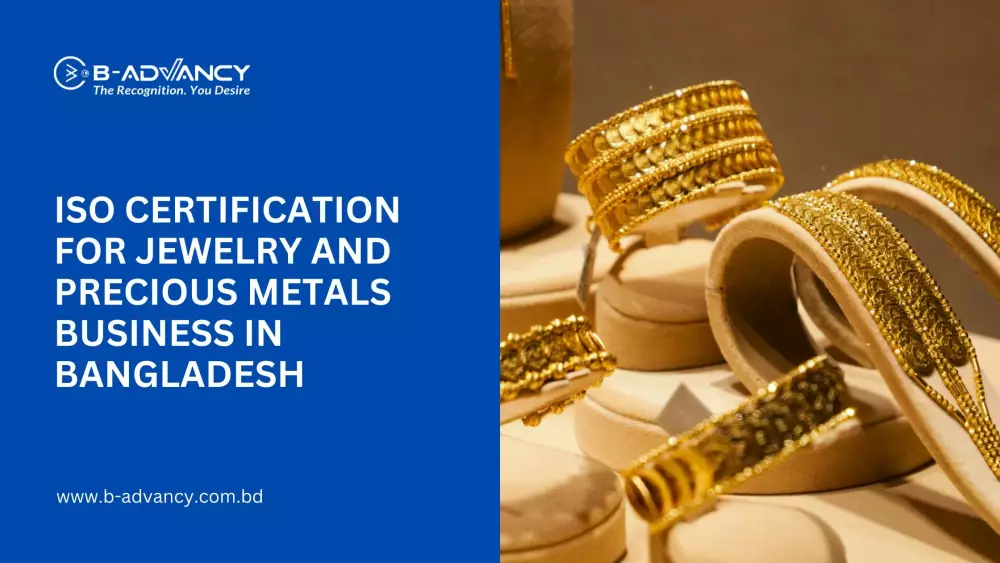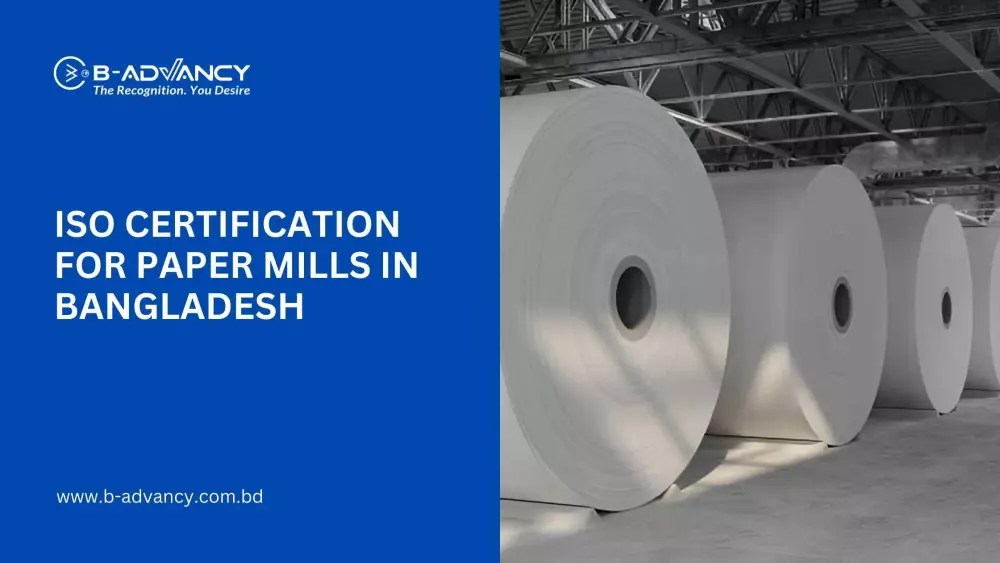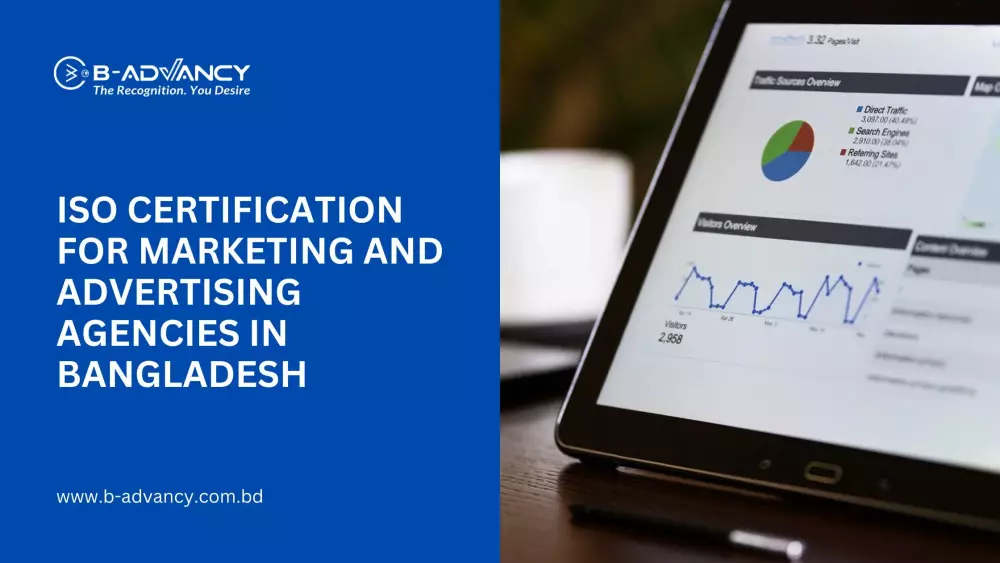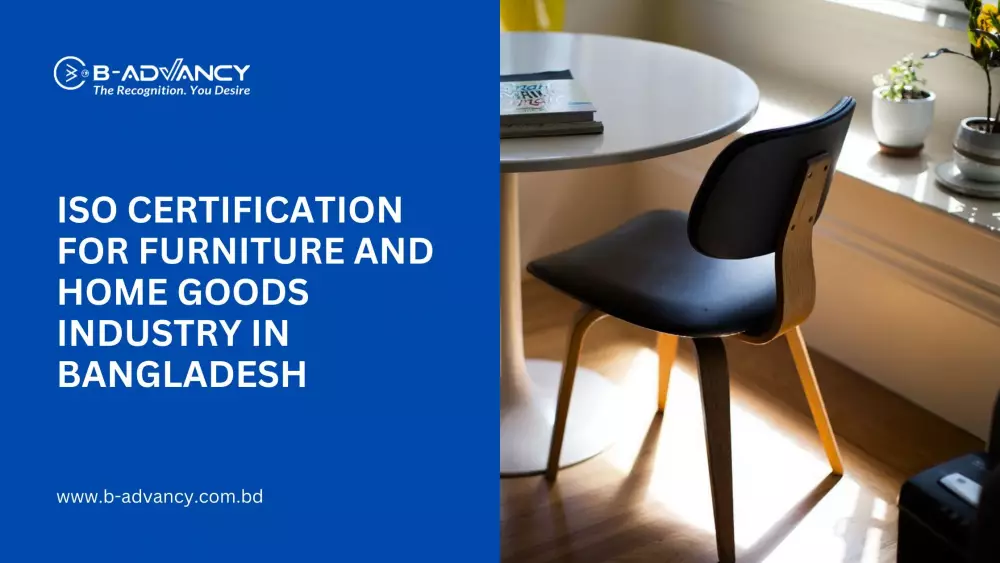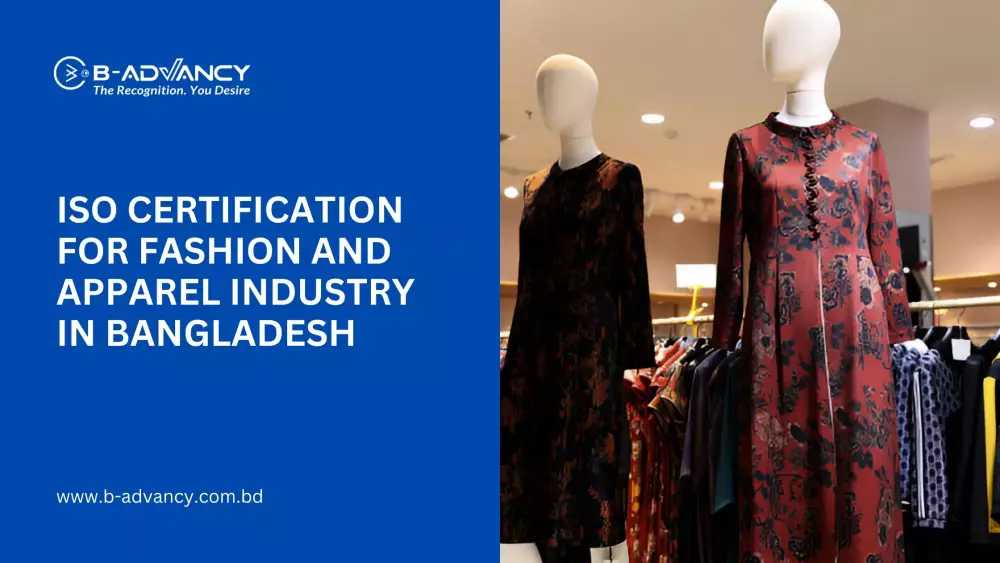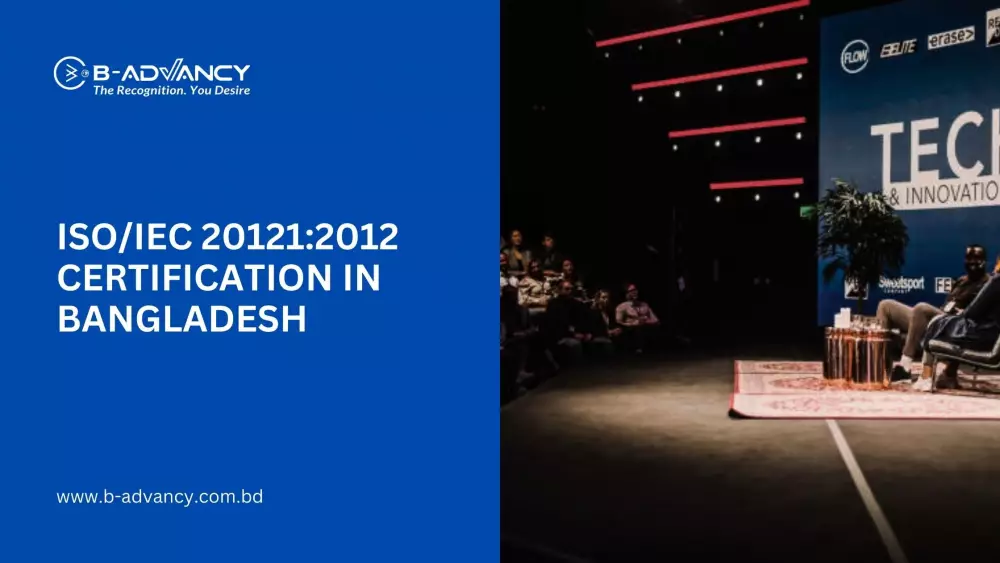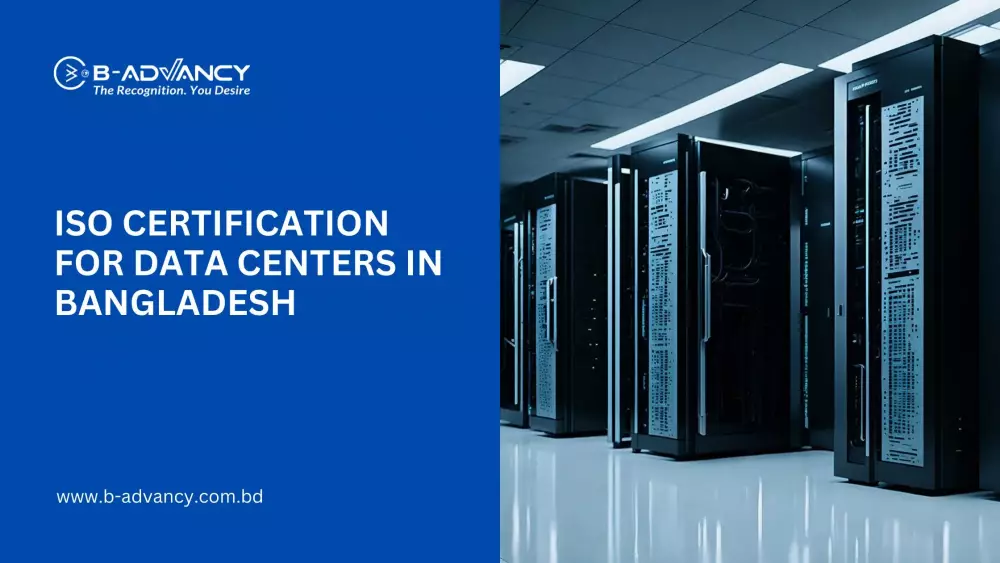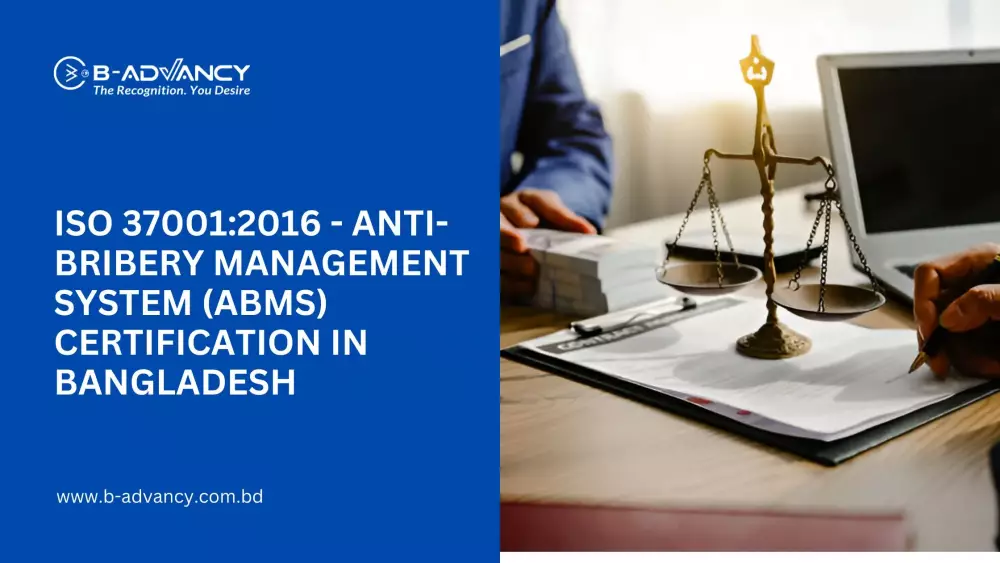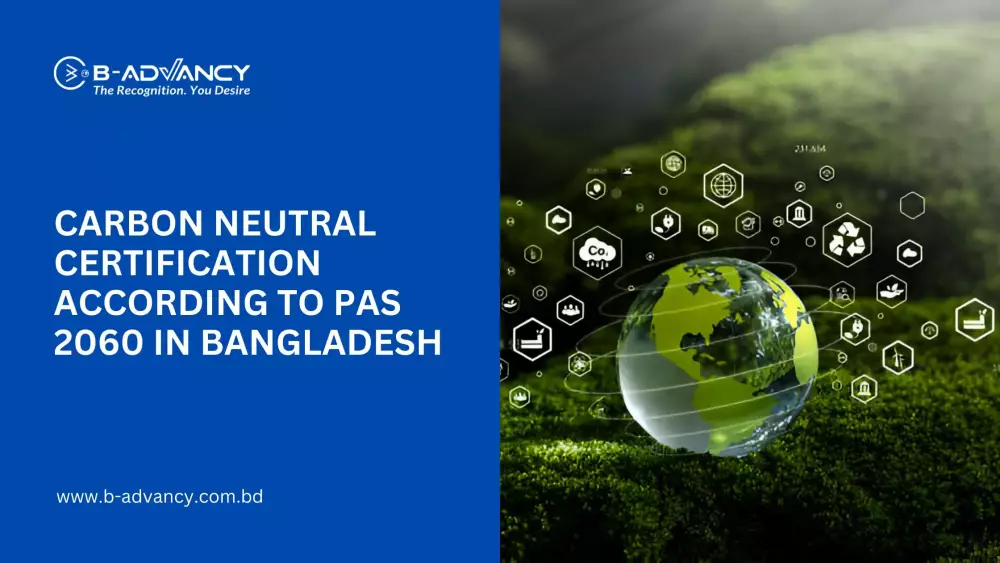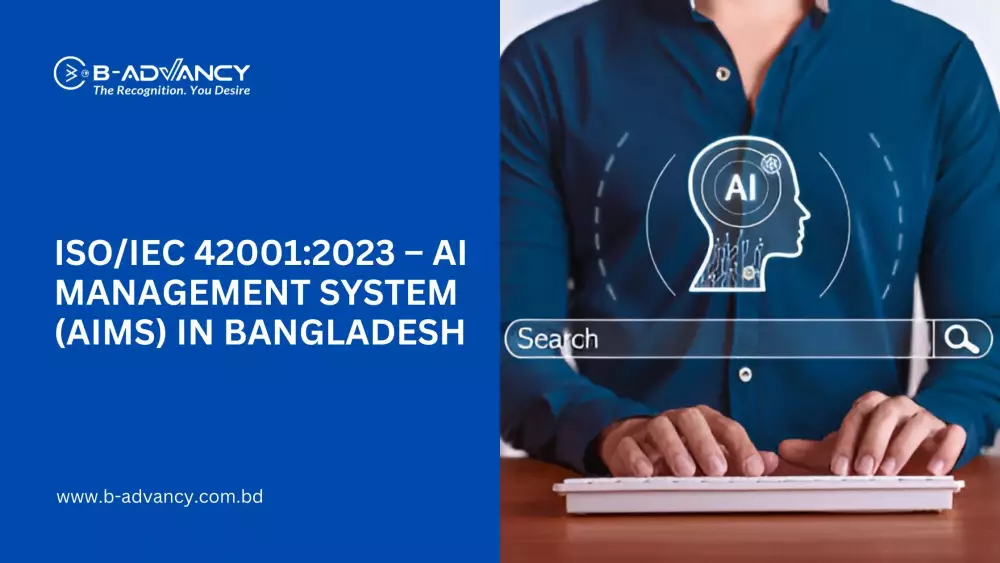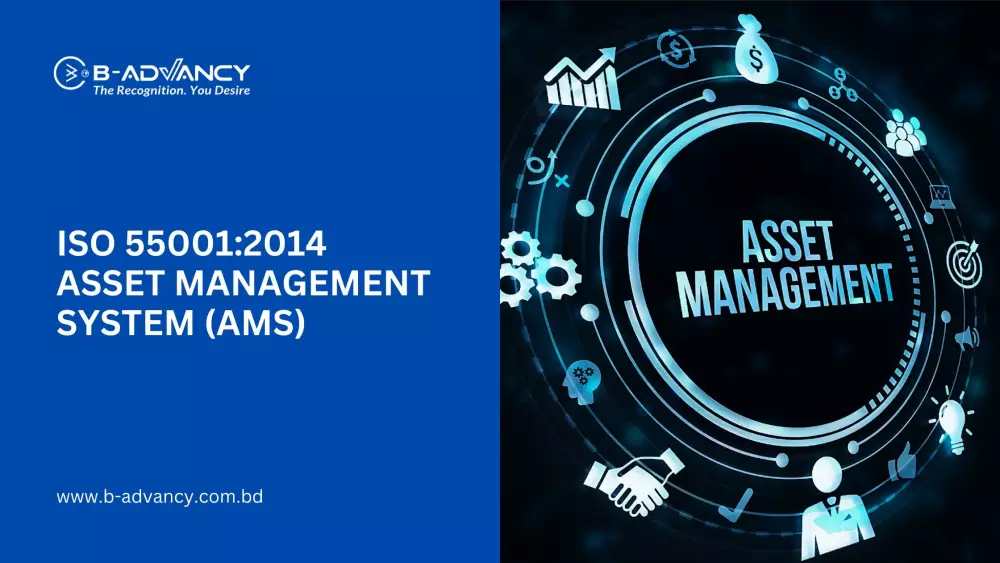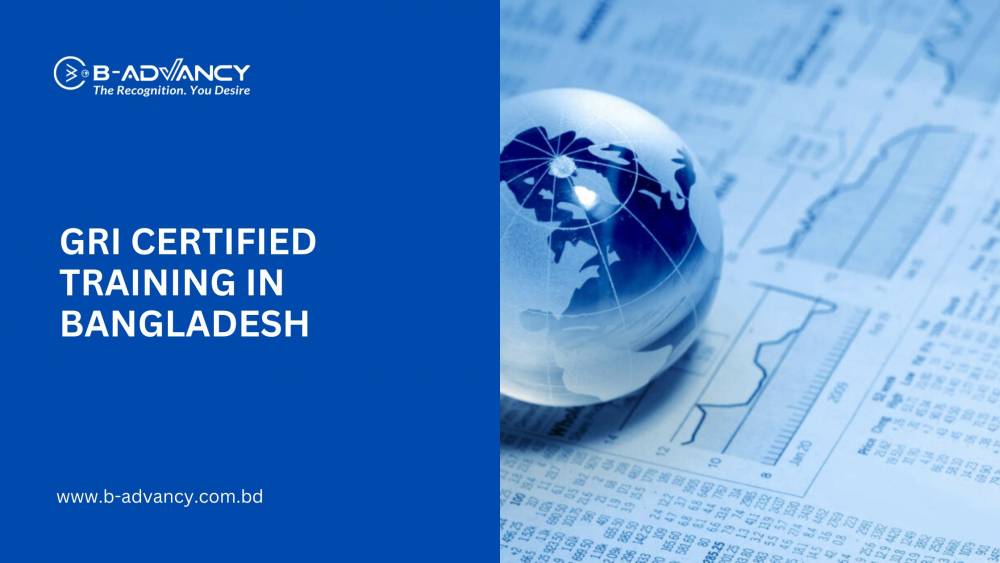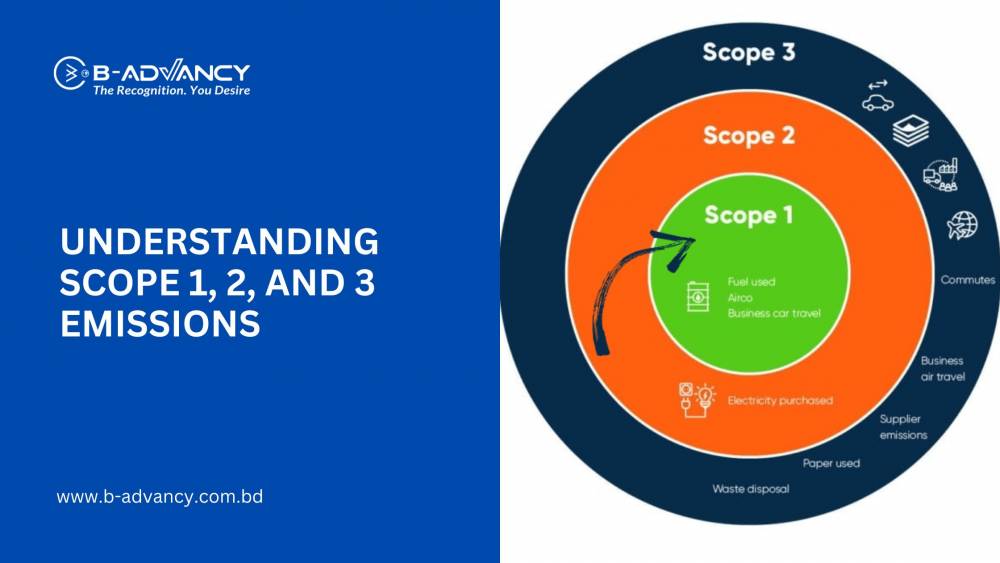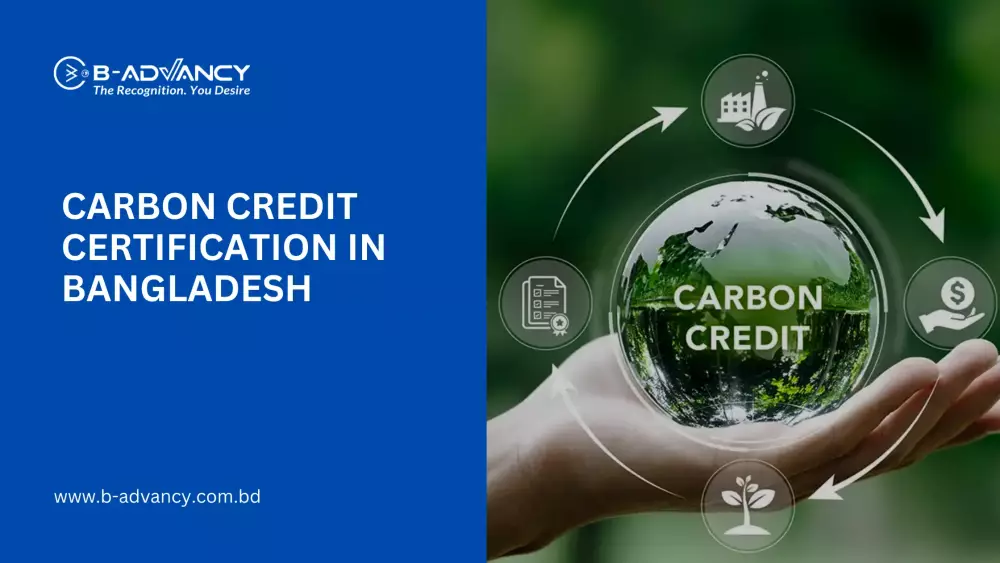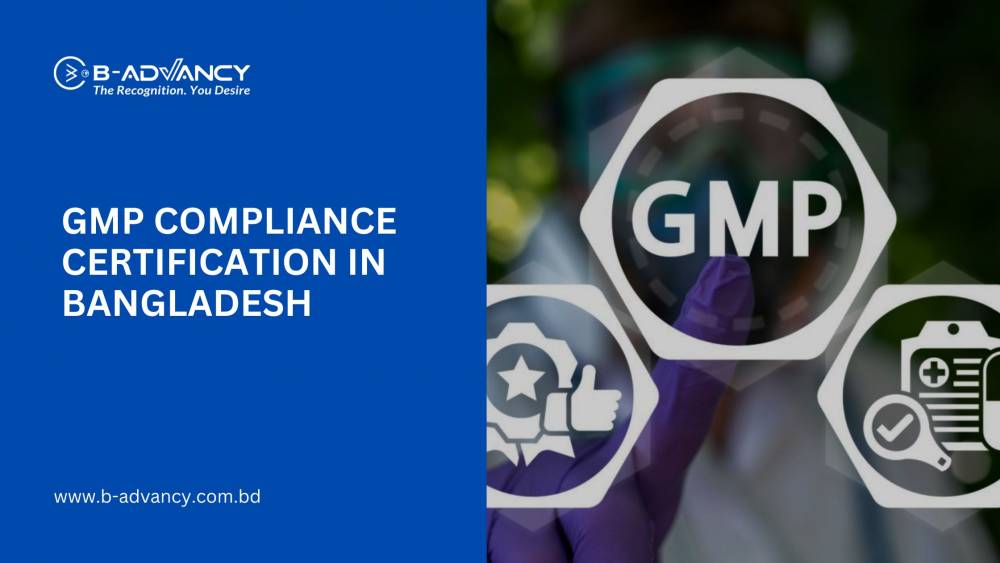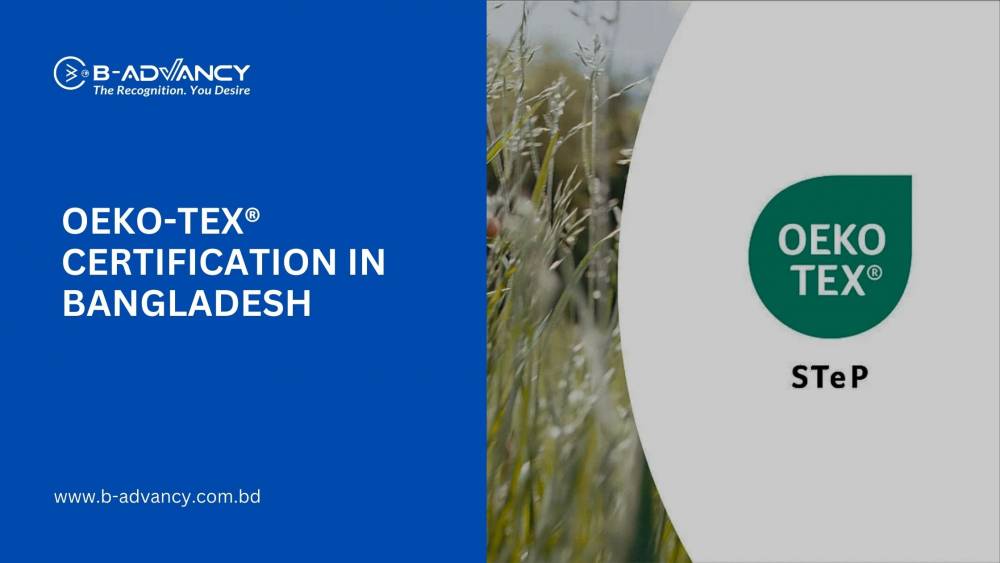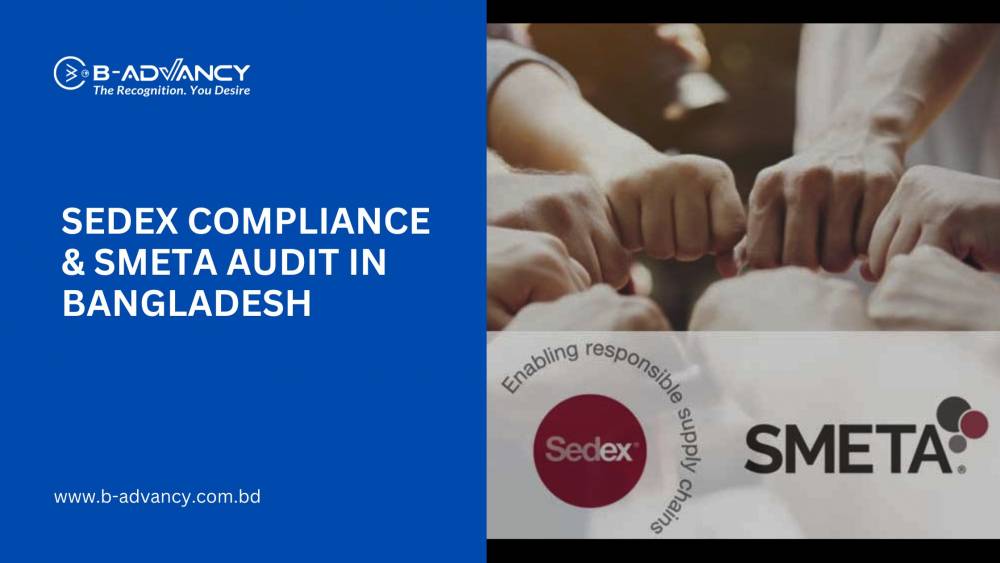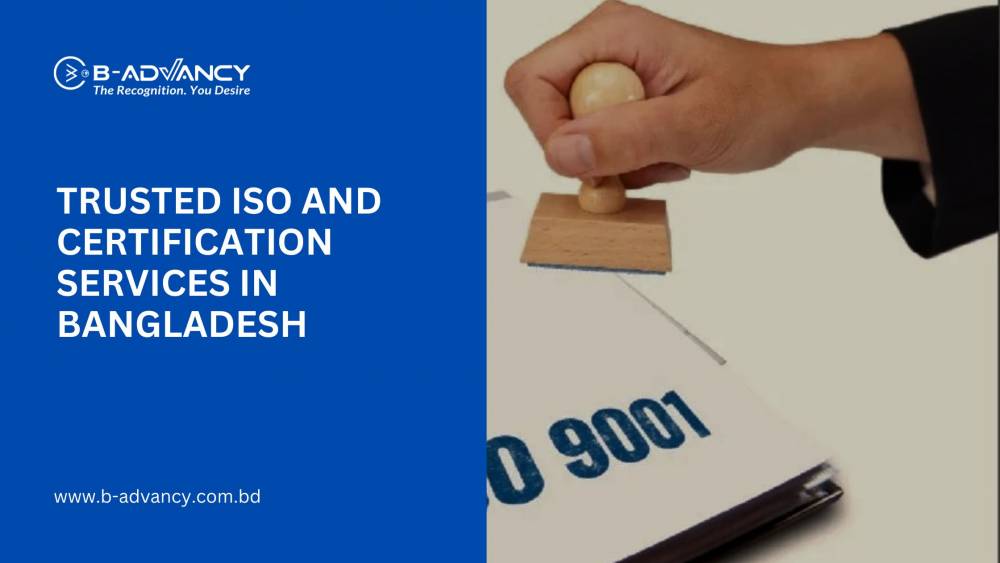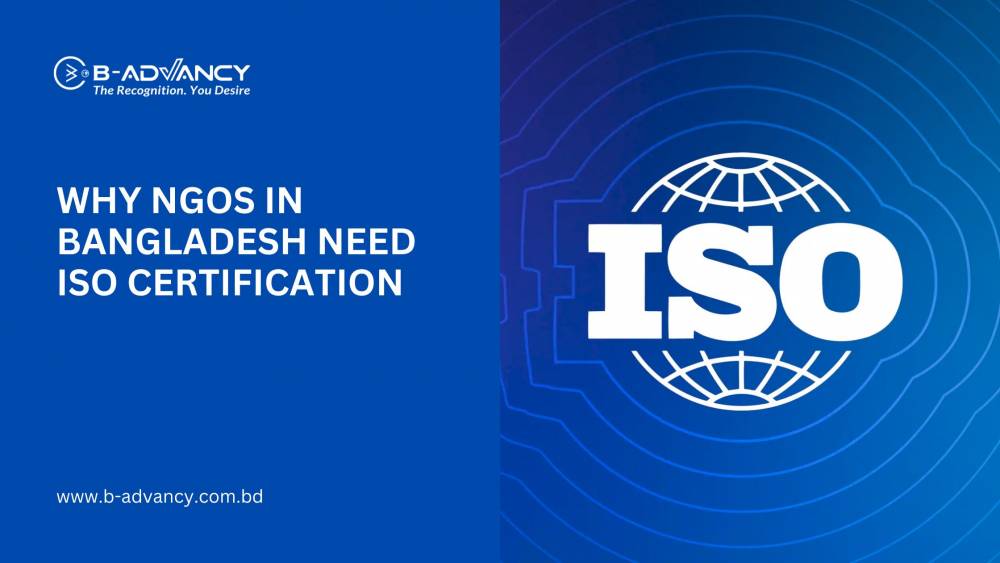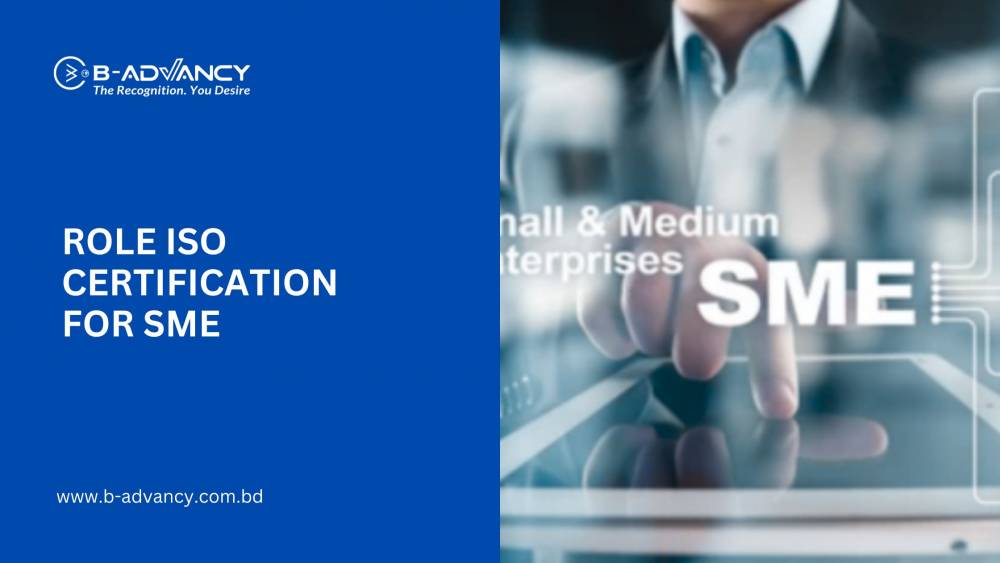As the world becomes more environmentally conscious, the concept of a circular economy has gained traction. The circular economy aims to minimize waste and pollution by keeping resources in use for as long as possible. The International Organization for Standardization (ISO) has developed the ISO 14001 standard to help organizations manage their environmental responsibilities. In this blog post, we will explore the role of ISO 14001 in the circular economy, its benefits, and provide real-world examples and case studies.
What is the Circular Economy?
The circular economy is an economic system that prioritizes the sustainable use of resources. It is based on three principles: reduce, reuse, and recycle. This system aims to eliminate waste and pollution bly keeping materials and products in use for as long as possible. The circular economy is not only environmentally sustainable but also economically and socially sustainable.
How does ISO 14001 fit into the Circular Economy?
ISO 14001 is a globally recognized environmental management system (EMS) standard that helps organizations manage their environmental responsibilities. It provides a framework for organizations to identify and control their environmental impact, comply with regulations, and continually improve their environmental performance.
ISO 14001 fits perfectly into the circular economy as it promotes sustainable practices by focusing on reducing waste, preventing pollution, and improving resource efficiency. By implementing ISO 14001, organizations can effectively manage their environmental responsibilities, reduce their impact on the environment, and contribute to the circular economy.
ISO 14001 and Sustainable Business Practices
Sustainable business practices are essential for long-term economic growth and success. Organizations that prioritize sustainability are more likely to attract customers, retain employees, and be financially successful in the long run. ISO 14001 can help organizations implement sustainable business practices by focusing on reducing waste, improving resource efficiency, and preventing pollution.
Examples of sustainable business practices that align with ISO 14001 include:
➤ Implementing a waste management system that focuses on reducing, reusing, and recycling waste
➤ Reducing energy consumption by implementing energy-efficient practices and using renewable energy sources
➤ Improving resource efficiency by optimizing production processes and reducing material waste
➤ Ensuring compliance with environmental regulations and standards
Benefits of Implementing ISO 14001 in the Circular Economy
Implementing ISO 14001 in the circular economy offers numerous benefits, including:
Environmental benefits: By implementing ISO 14001, organizations can reduce their environmental impact by identifying and controlling their environmental aspects and impacts. This can lead to a reduction in waste, emissions, and pollution.
Economic benefits: Sustainable practices can reduce costs in the long run by reducing waste, improving resource efficiency, and optimizing production processes. Additionally, implementing ISO 14001 can improve an organization's reputation and attract customers who prioritize sustainability.
Social benefits: Implementing sustainable practices can positively impact the surrounding community by reducing pollution, improving public health, and promoting sustainable economic growth.
Case Study: Implementing ISO 14001 in the Circular Economy
One example of an organization that has successfully implemented ISO 14001 in the circular economy is Interface, a global flooring company. Interface has a mission to become a restorative company by 2030, which means it will give back more than it takes from the planet. To achieve this, Interface has implemented ISO 14001 to manage its environmental responsibilities.
By implementing ISO 14001, Interface has reduced its greenhouse gas emissions by 96%, its water usage by 90%, and its waste to landfill by 94%. Additionally, Interface has implemented a closed-loop system that recycles used carpet tiles into new carpet tiles. This has led to a reduction in waste and a more sustainable use of resources.
Conclusion
In conclusion, implementing ISO 14001 in the circular economy is essential for organizations that want to manage their environmental responsibilities, improve their sustainability, and contribute to a more sustainable future. By focusing on







